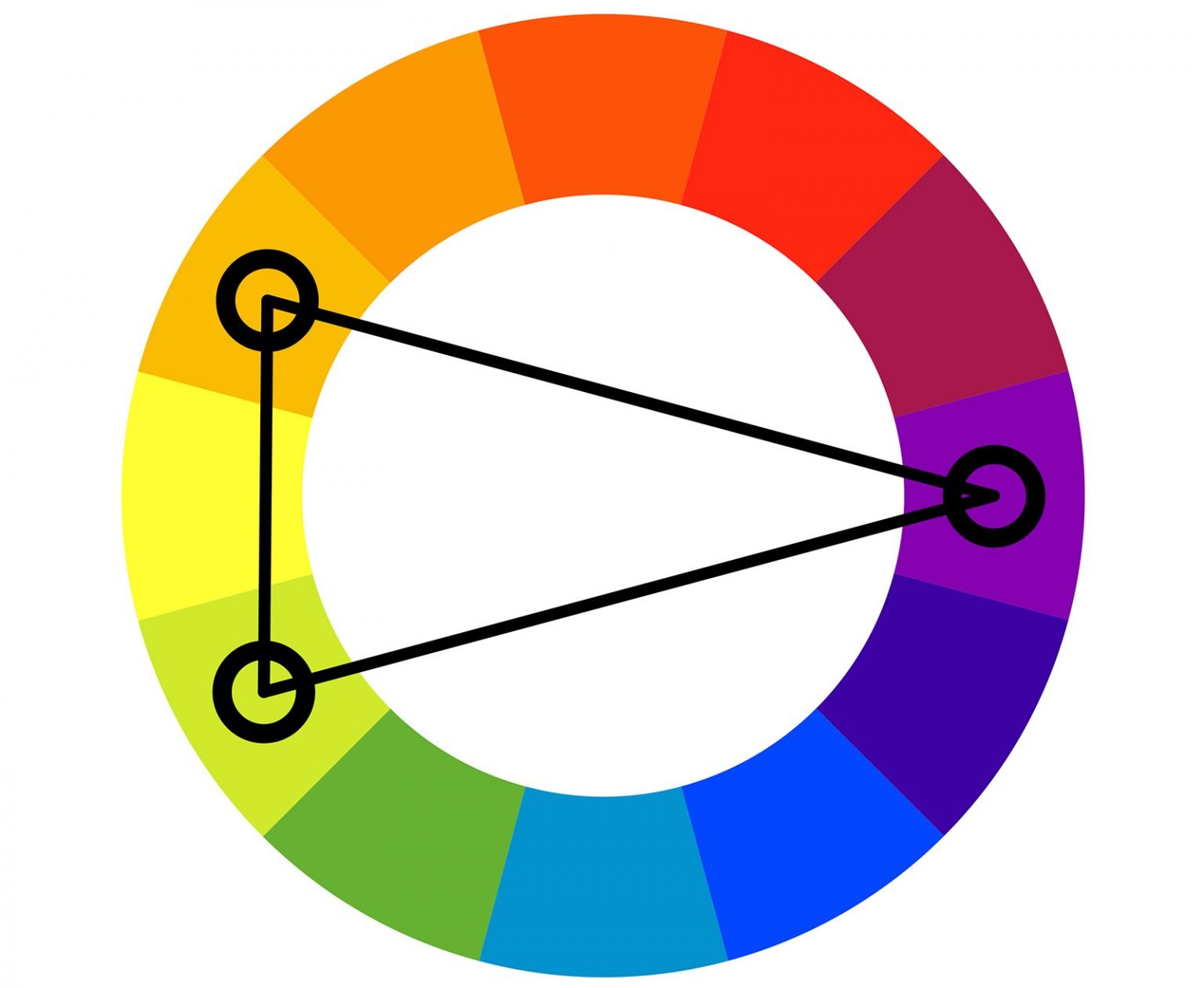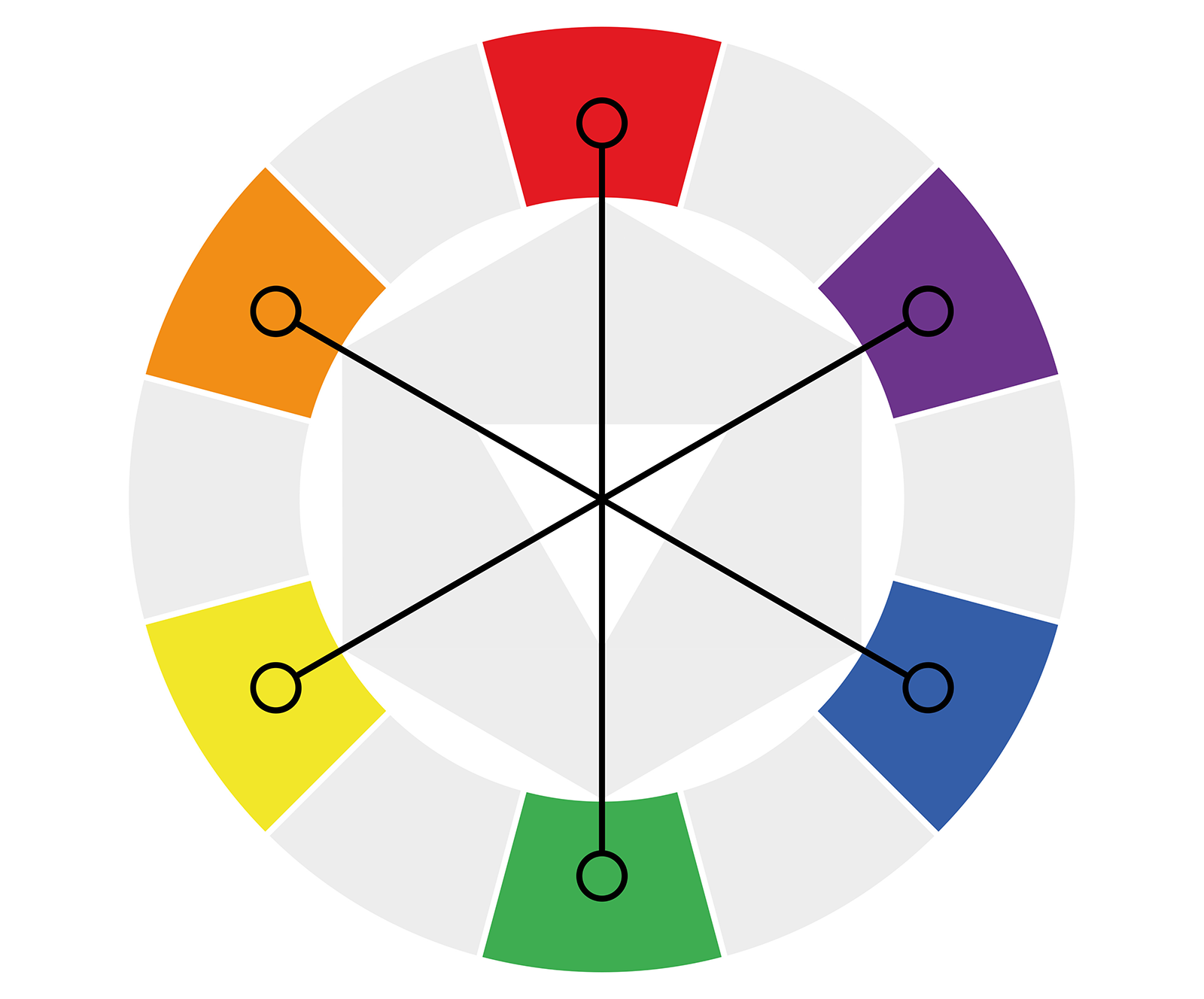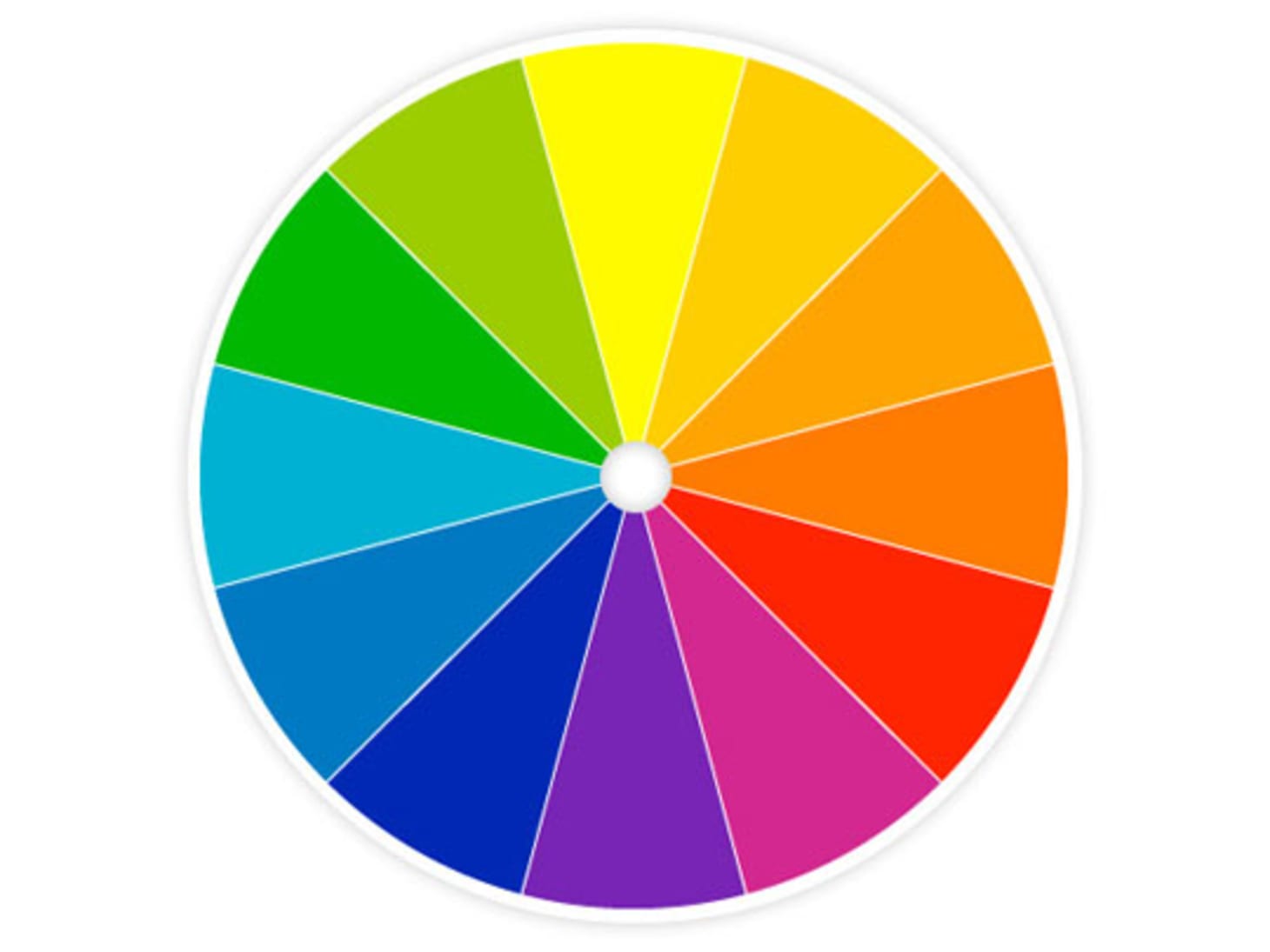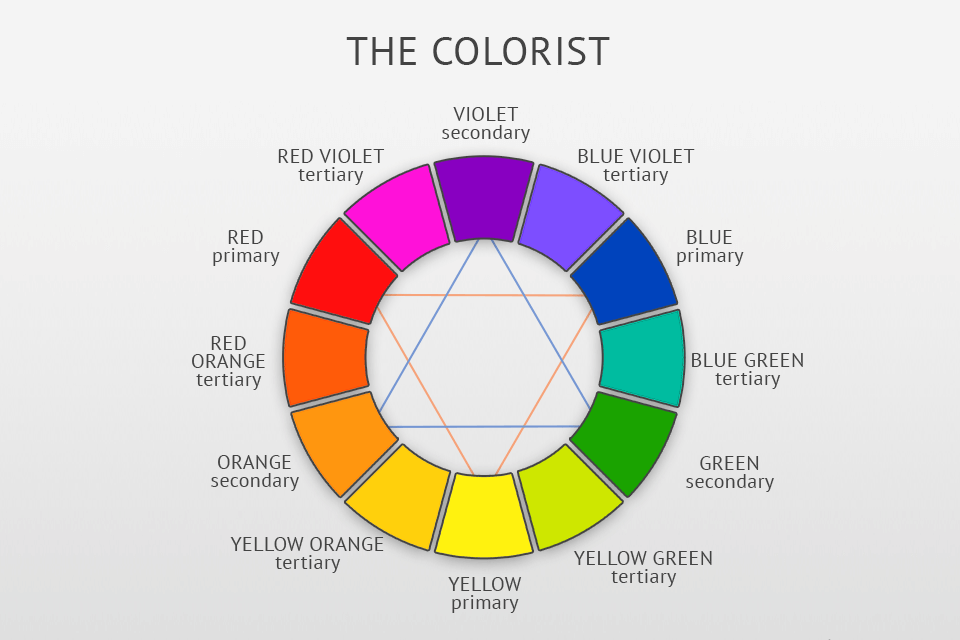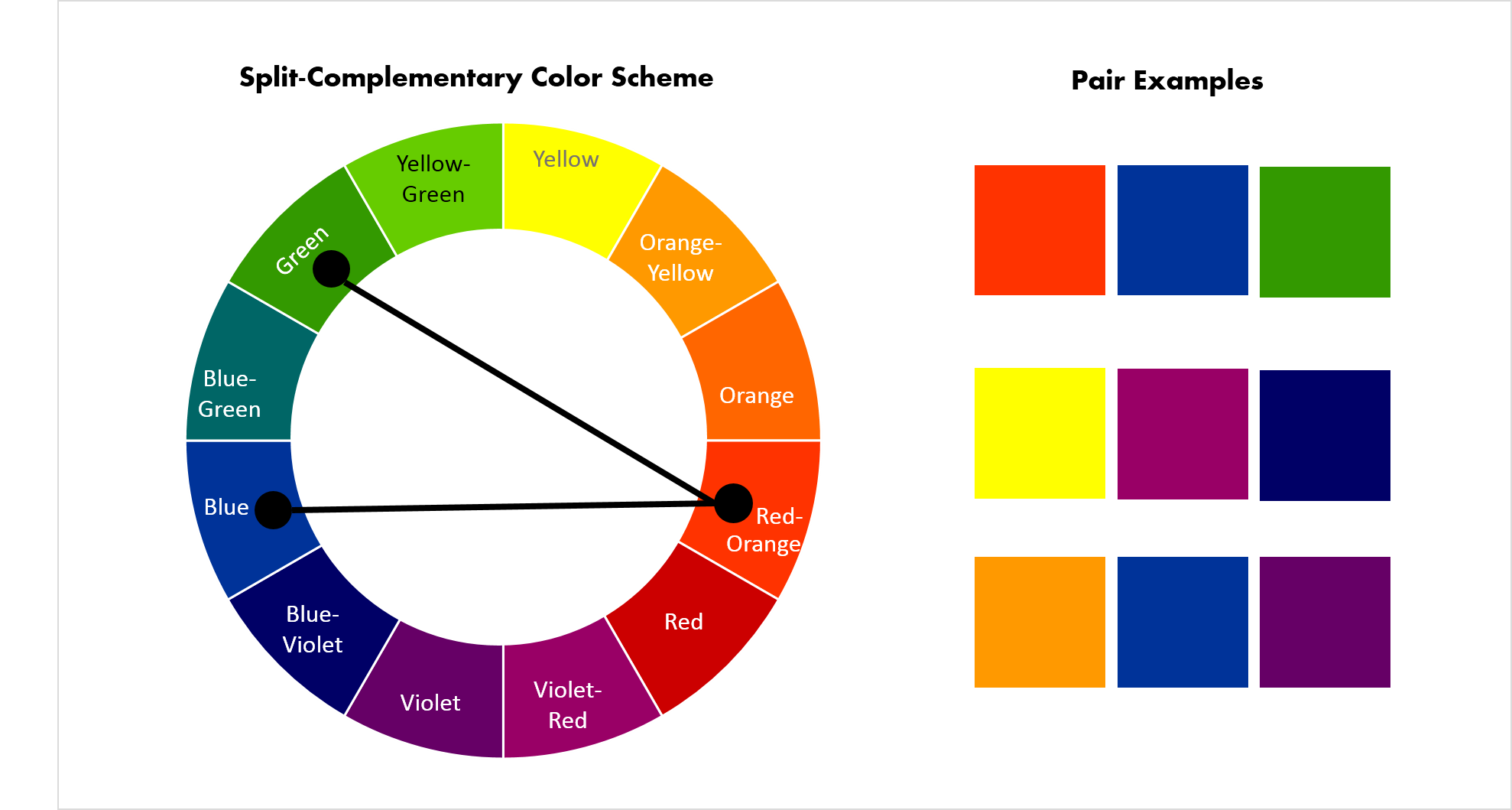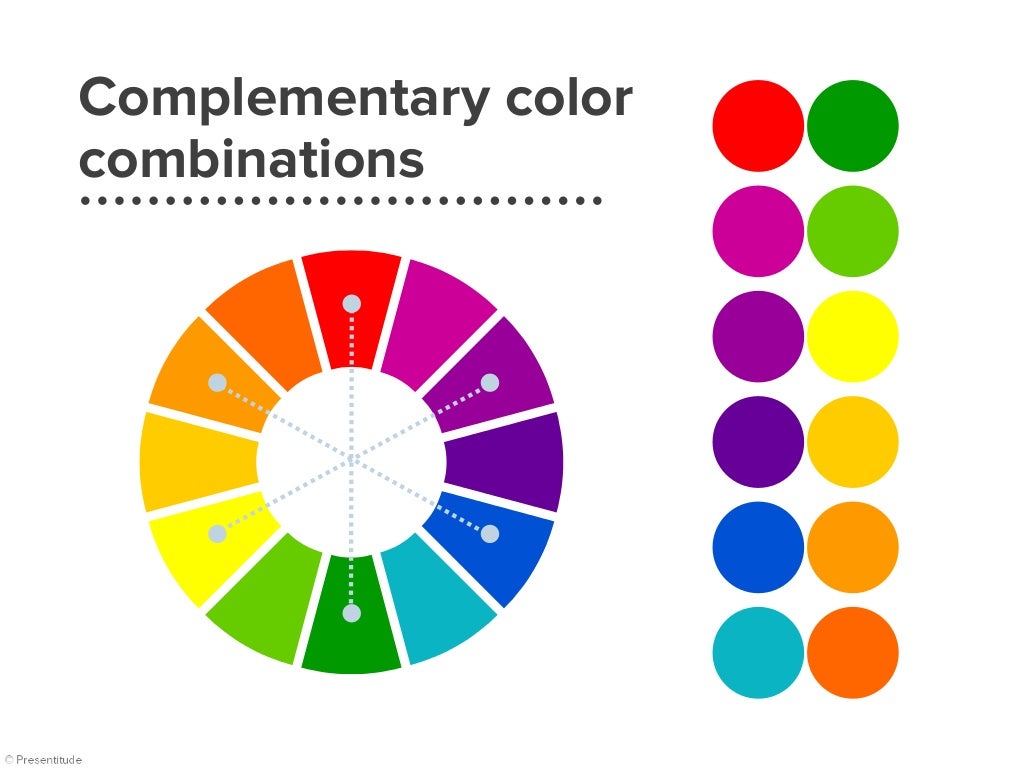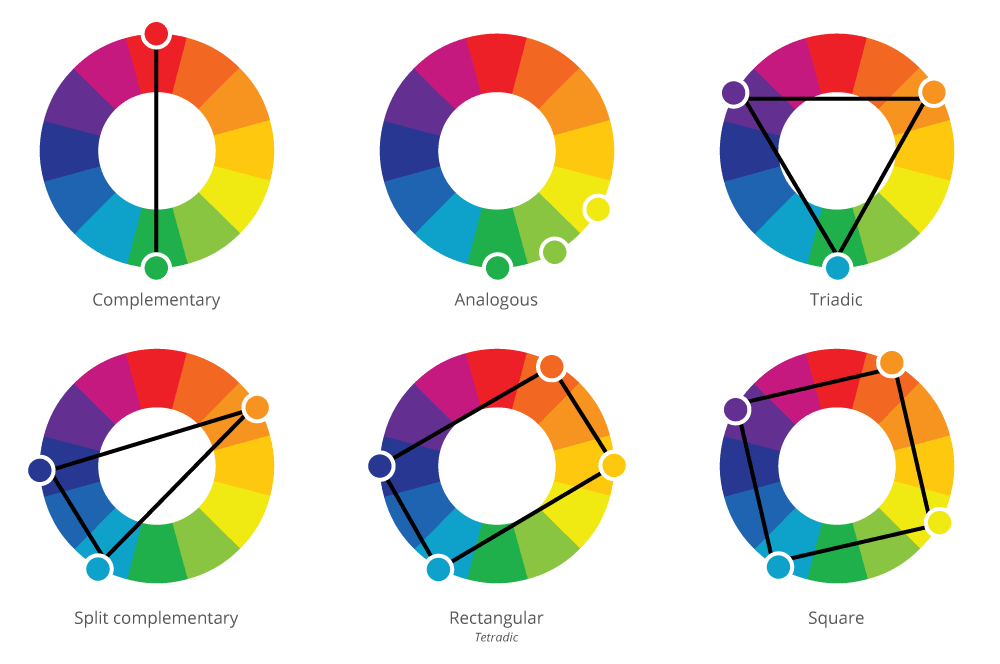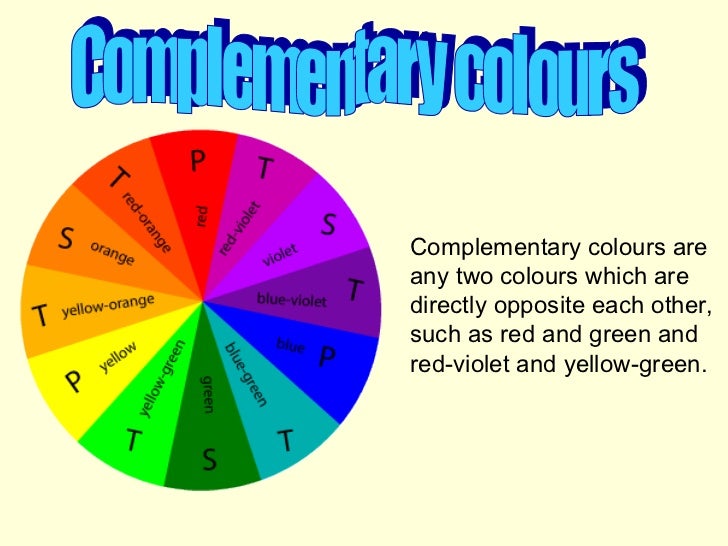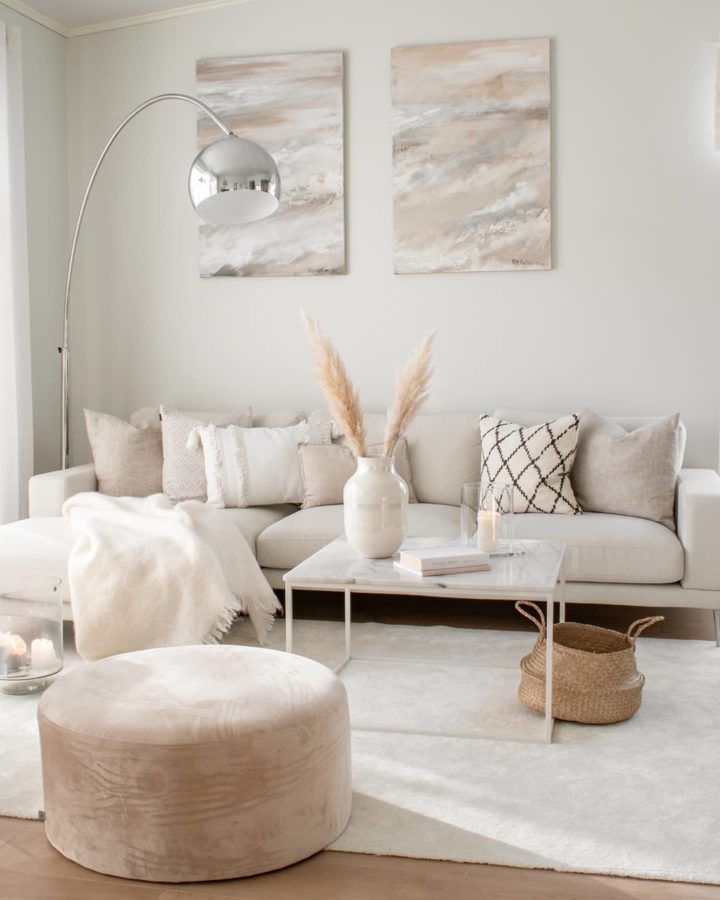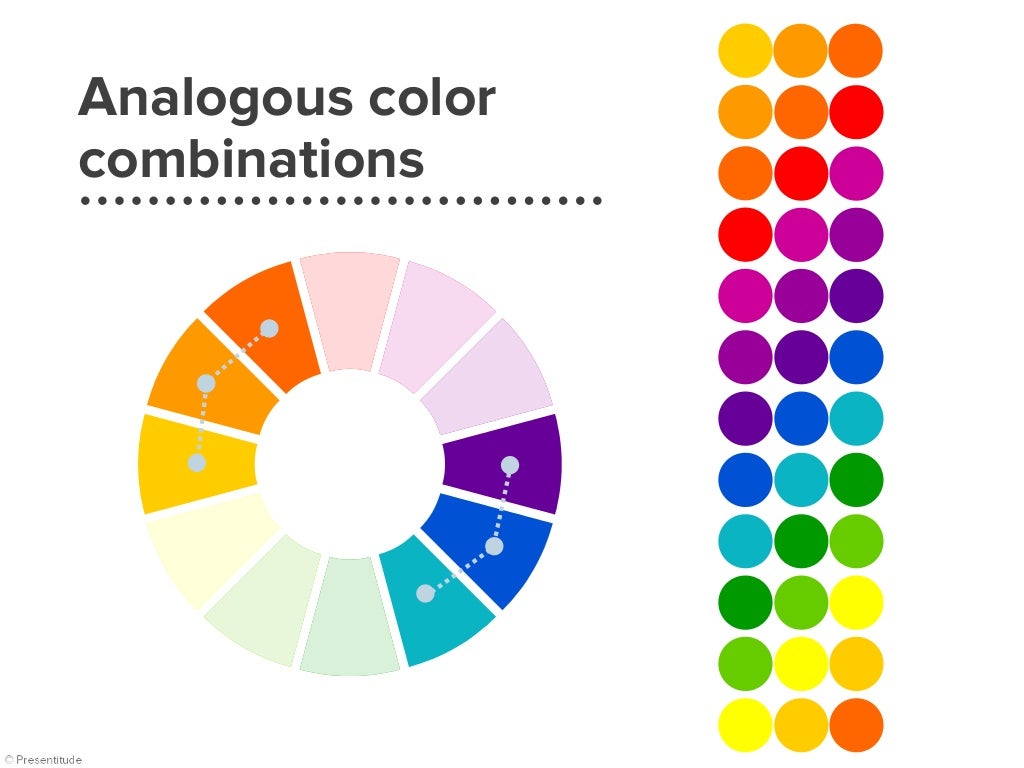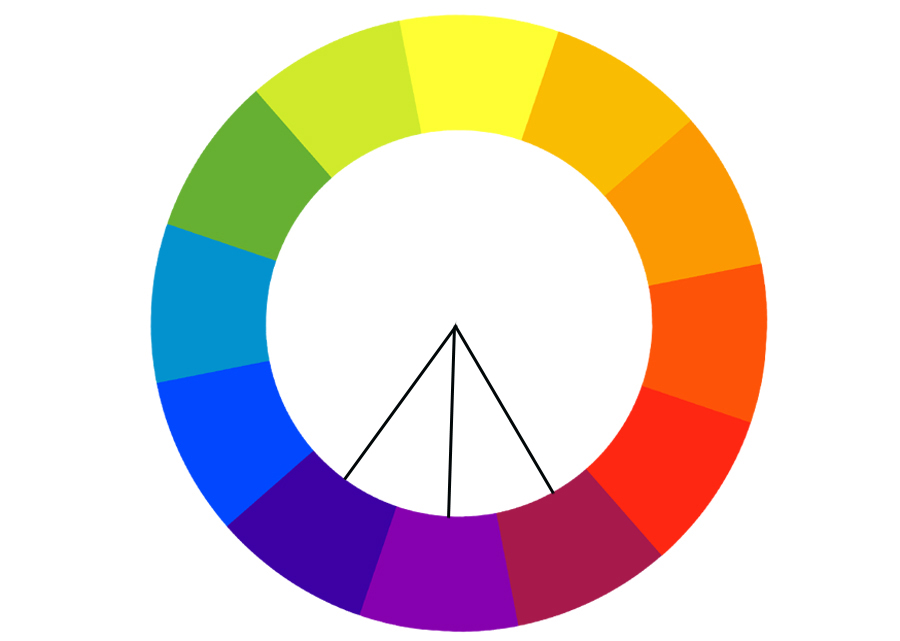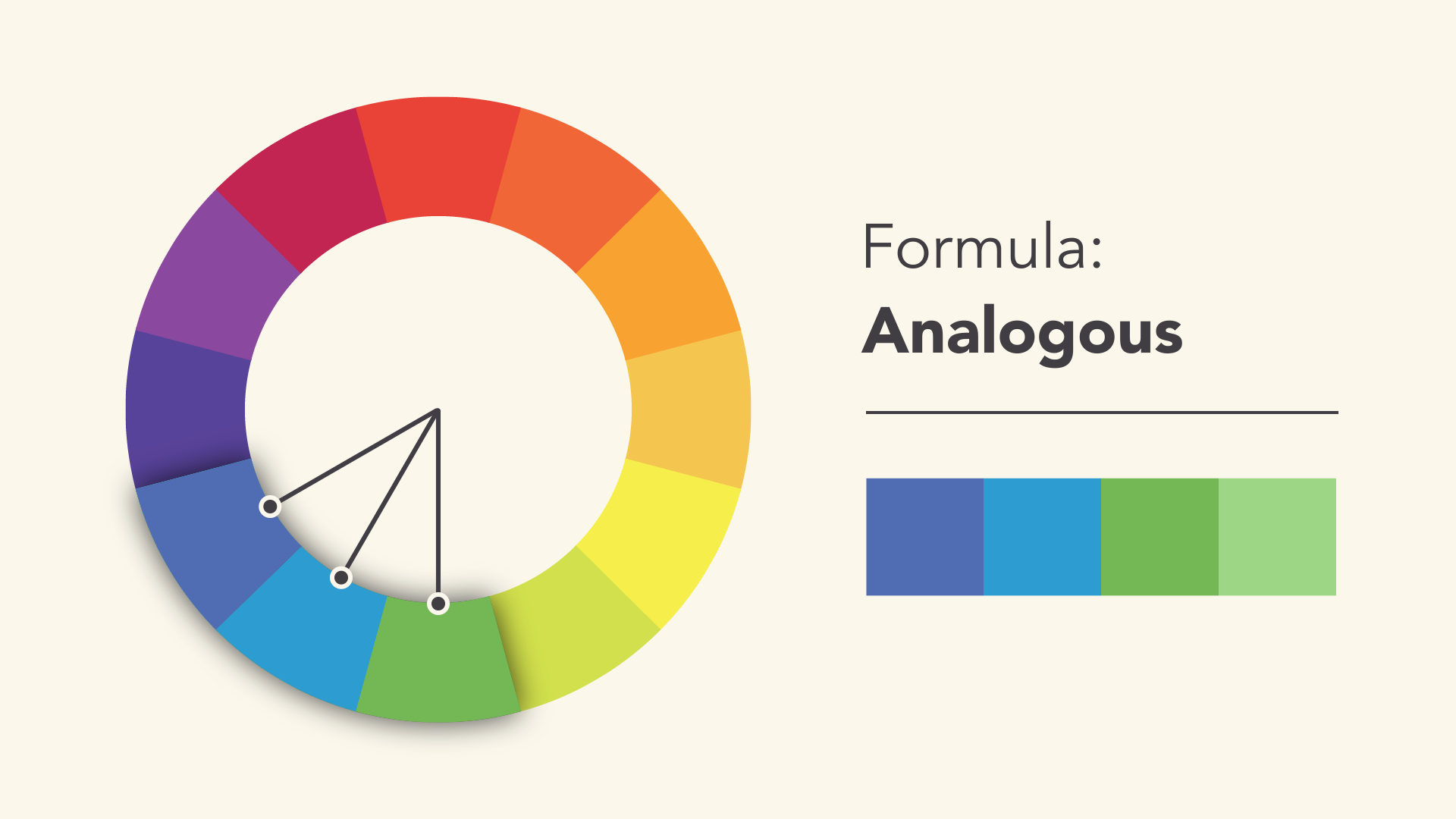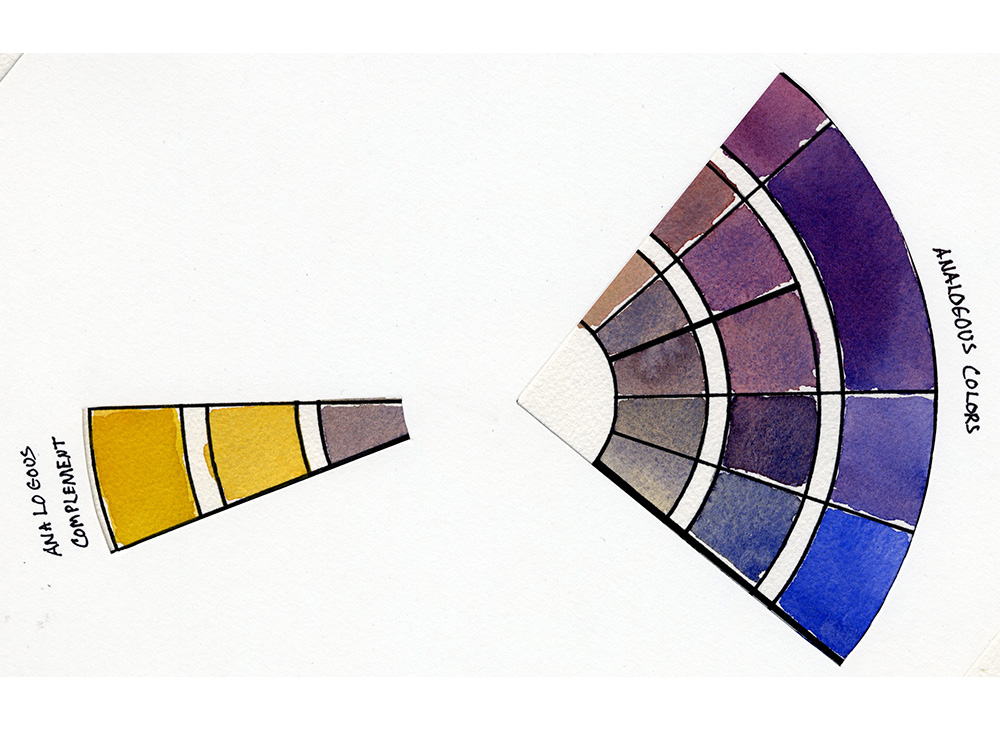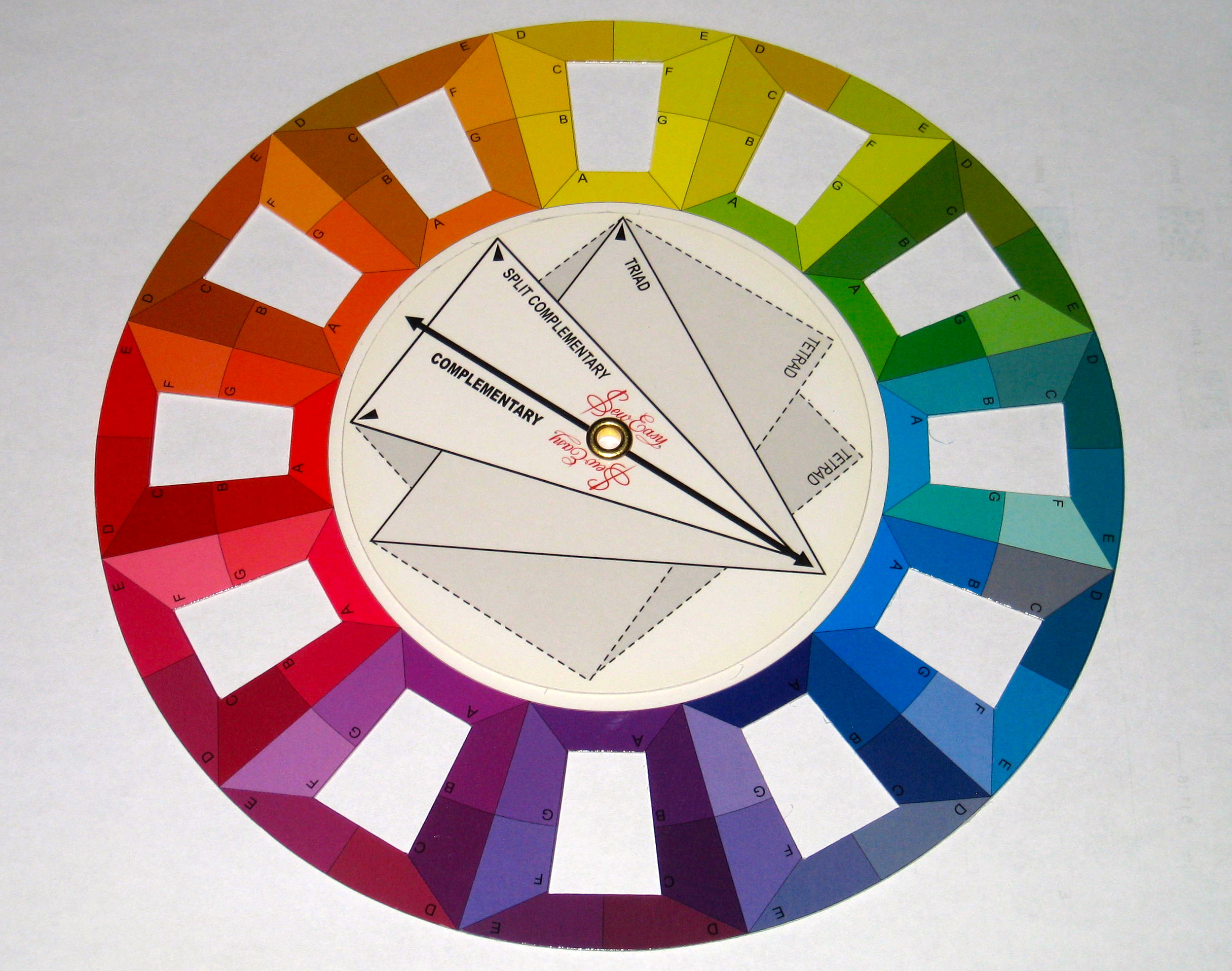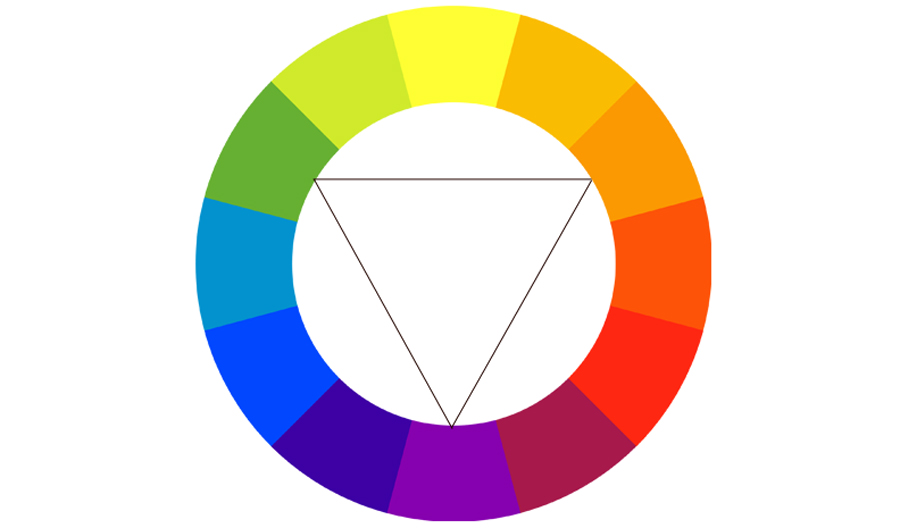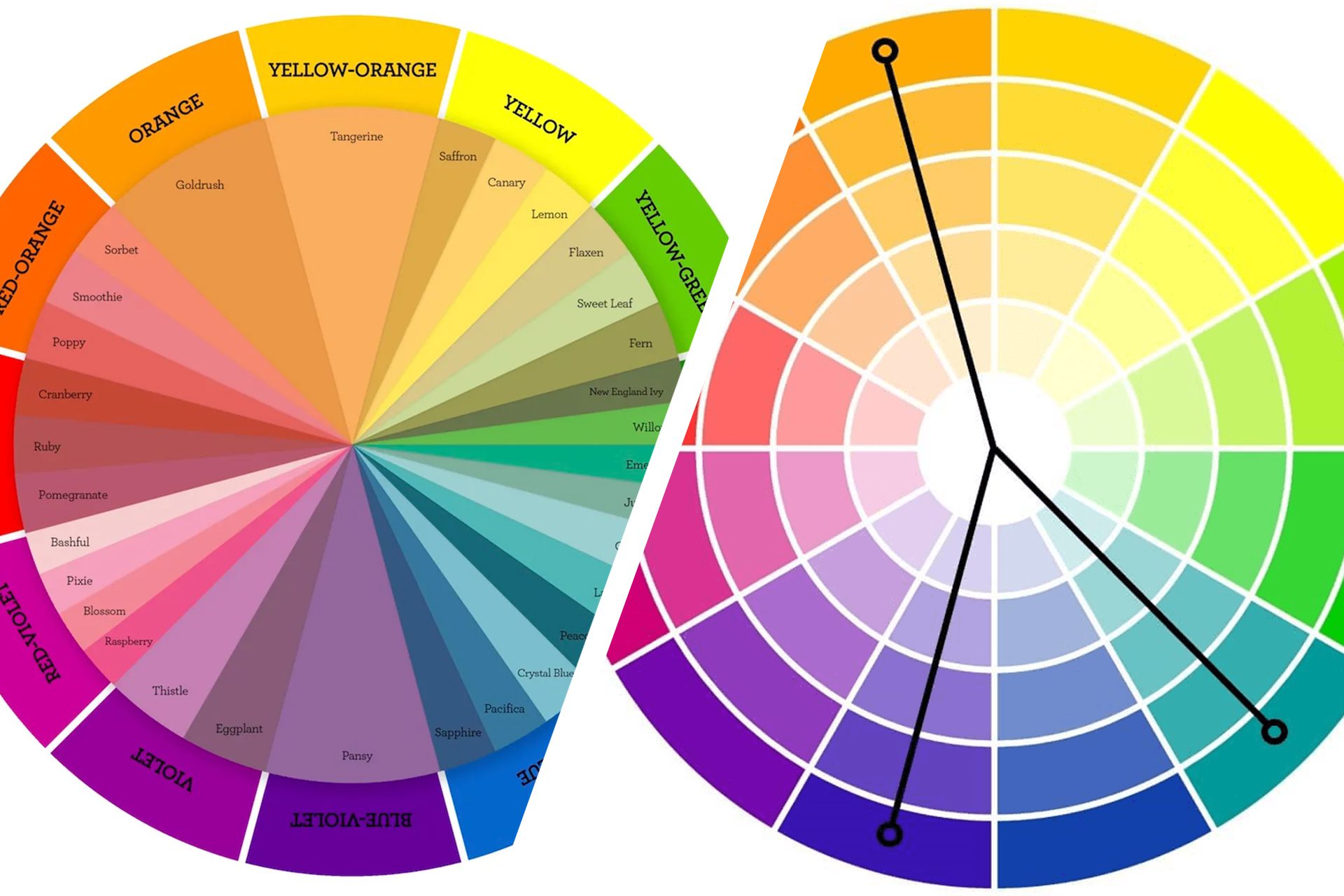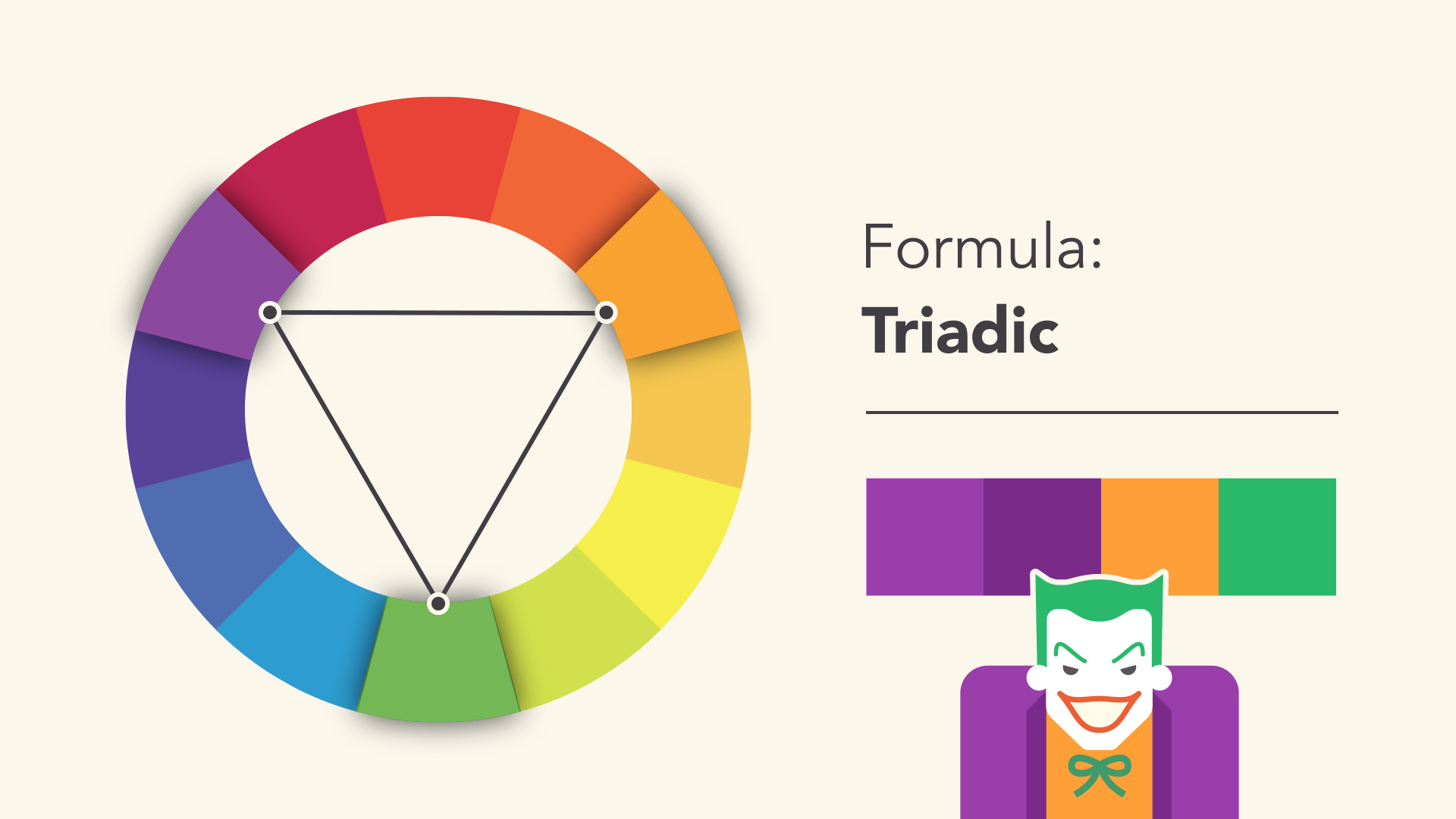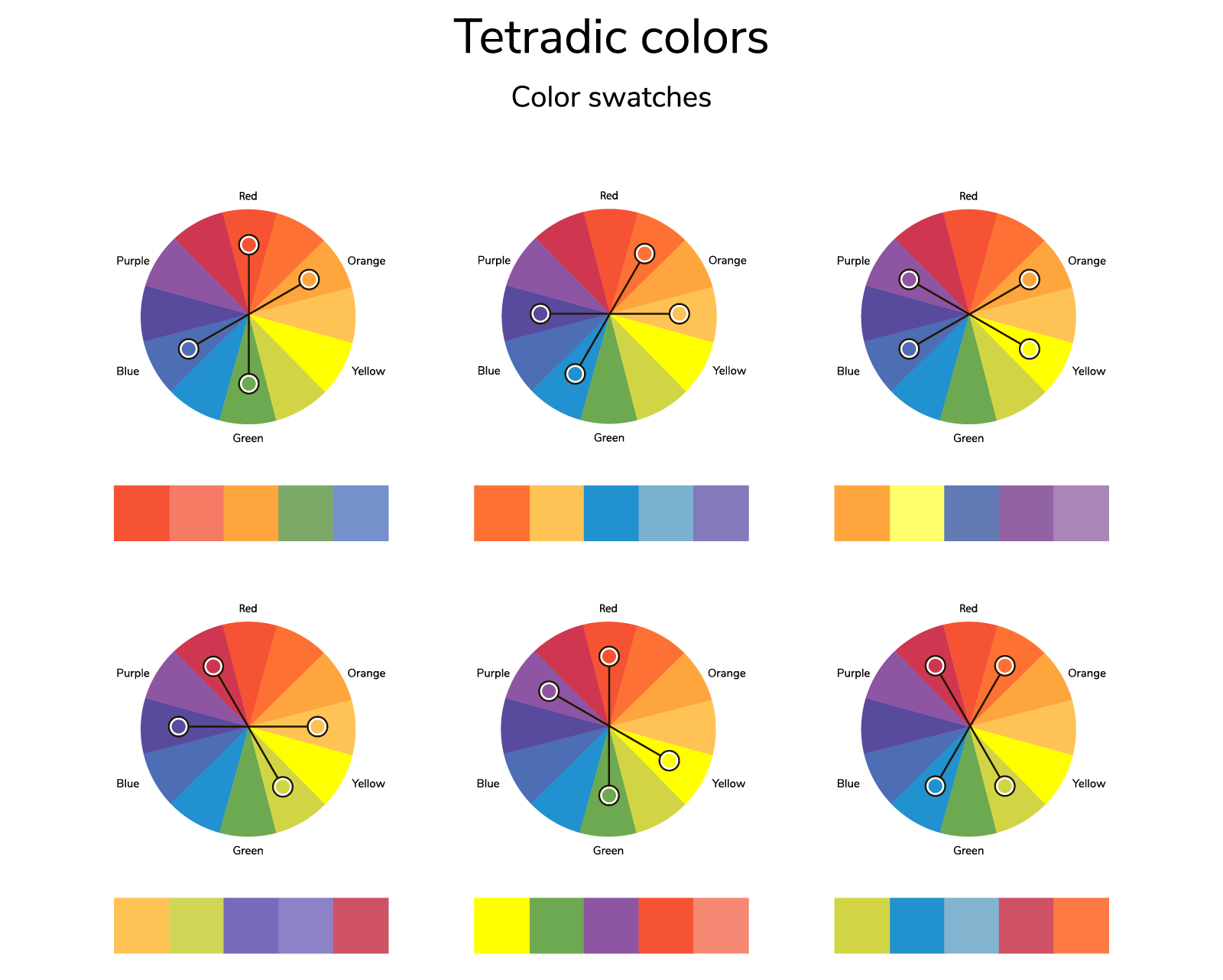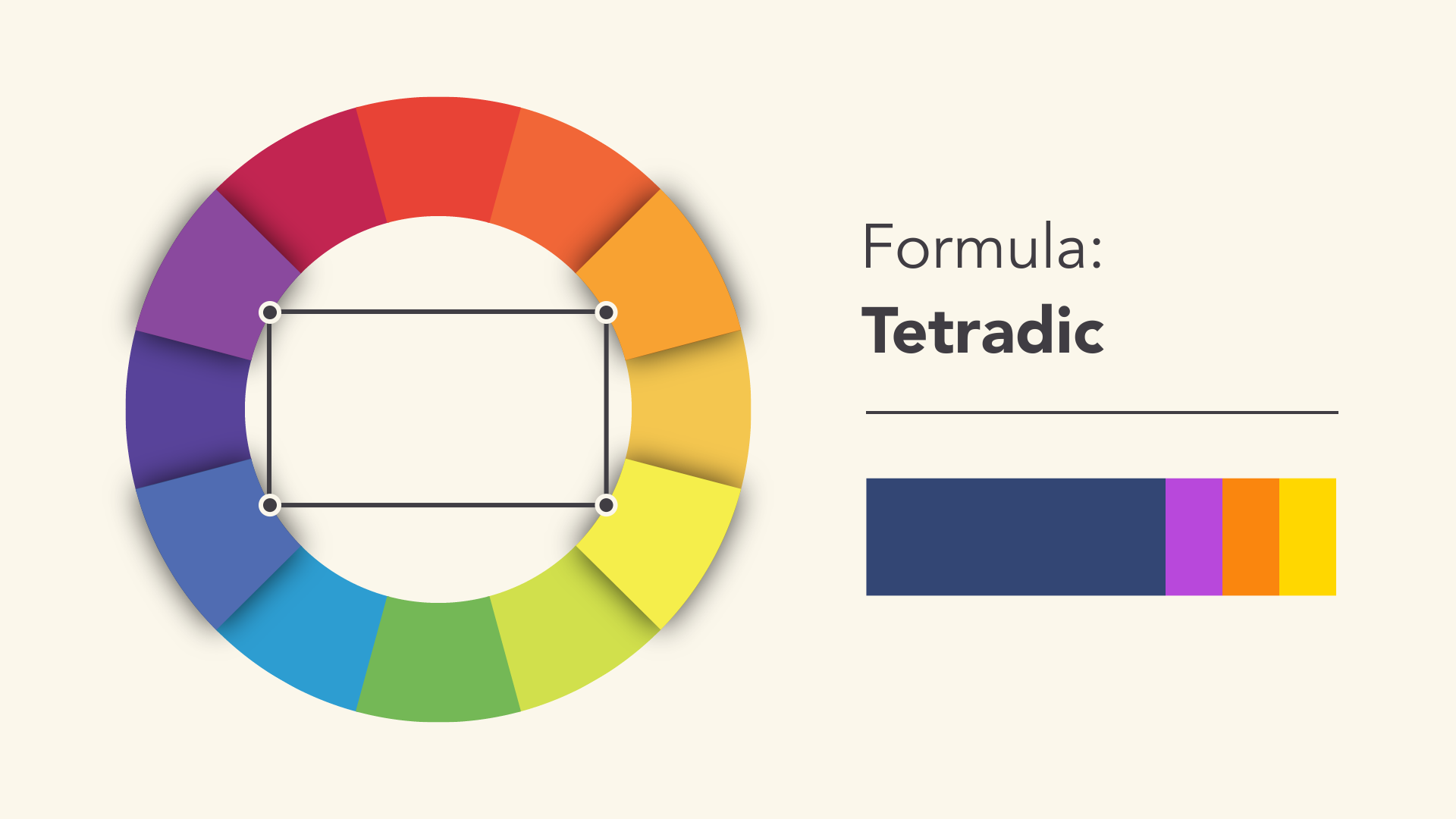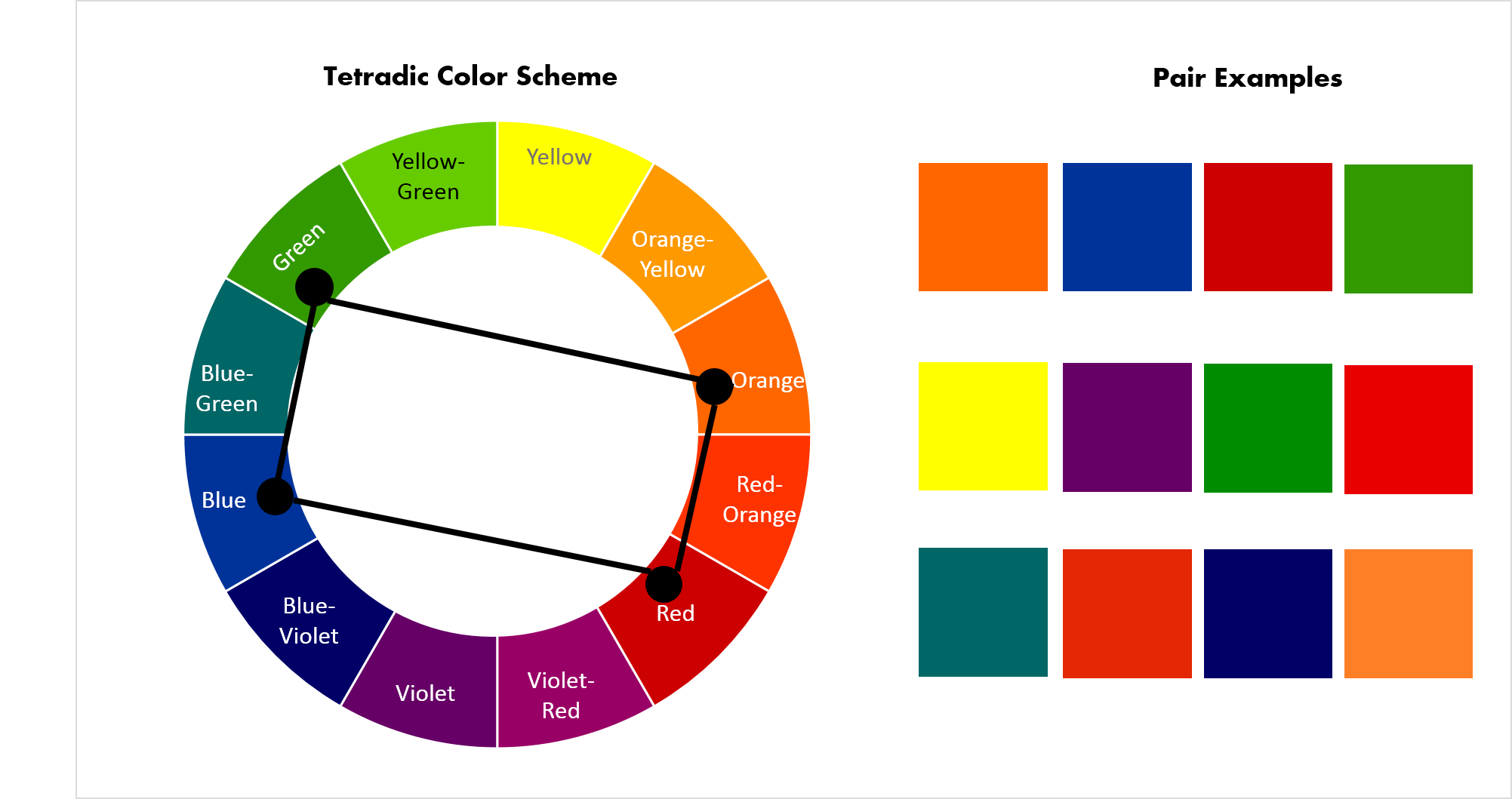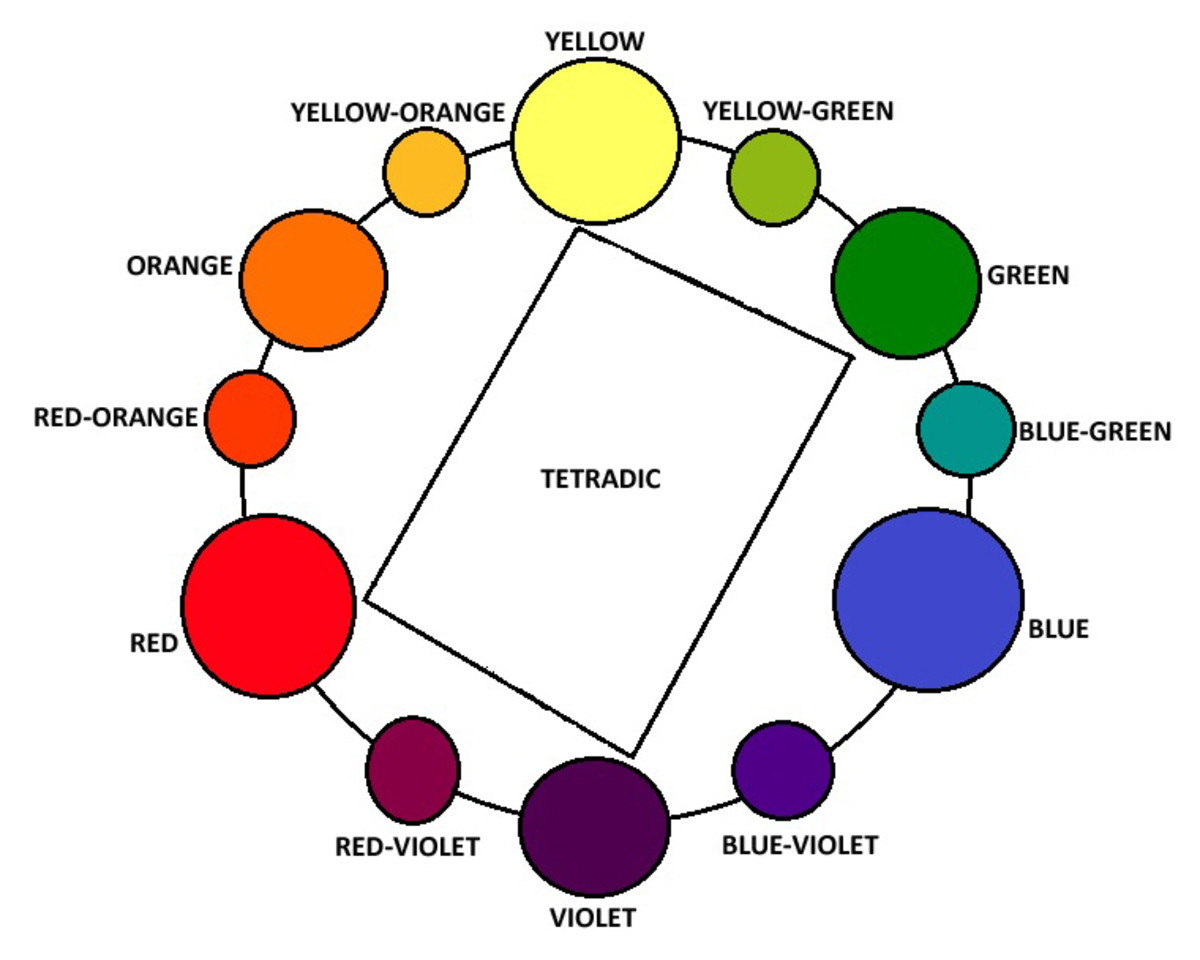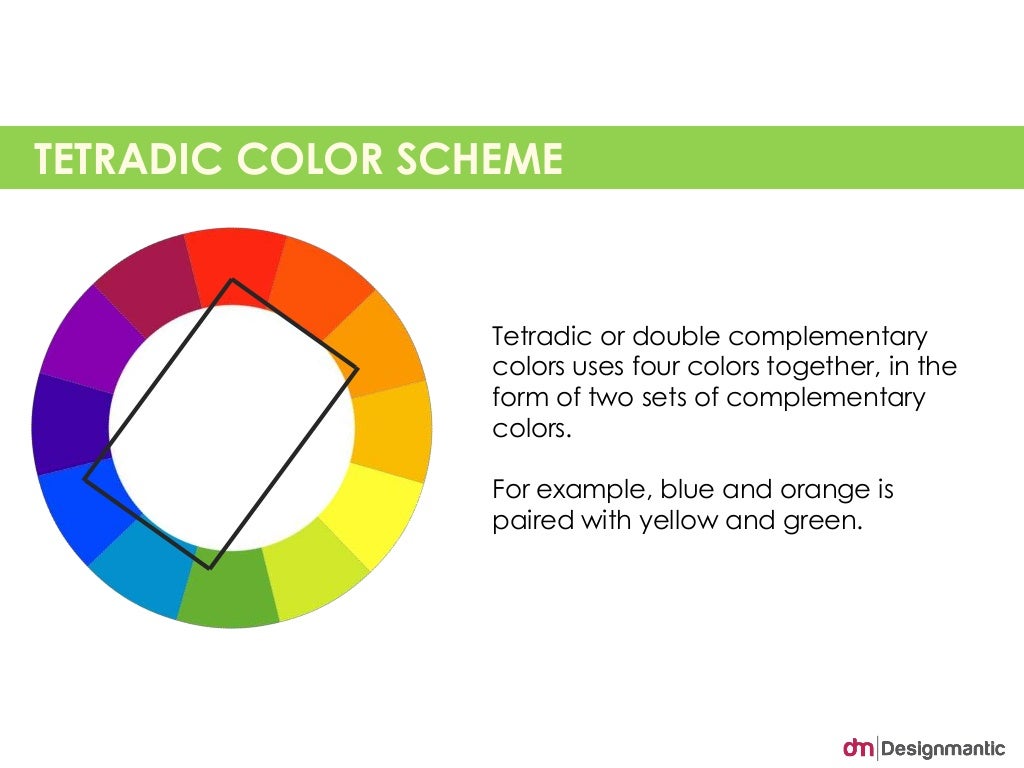When it comes to choosing the best colors for your living room and dining room, neutral colors are always a safe bet. These colors include shades of white, beige, gray, and taupe. One of the biggest advantages of using neutral colors is that they create a calm and relaxing atmosphere, making them perfect for both the living room and dining room. Plus, these colors provide a great base for incorporating other colors and accents into your decor. For a modern and sophisticated look, consider using a monochromatic color scheme with different shades of a neutral color. This will add depth and dimension to the room without being too overwhelming. You can also mix and match different neutral colors to create a more eclectic and personalized look.Neutral Colors
Warm colors, such as shades of red, orange, and yellow, are great for creating a cozy and inviting atmosphere in your living room and dining room. These colors are known to stimulate appetite and conversation, making them perfect for a dining room setting. However, be careful not to overdo it with warm colors as they can be overwhelming if used in large quantities. If you want to incorporate warm colors into your living room and dining room, consider using them as accent colors. For example, you can use a bold red or orange throw pillow on a neutral-colored couch, or hang a piece of artwork with warm tones on a gray wall. This will add a pop of color and warmth without overpowering the room.Warm Colors
Cool colors, such as shades of blue, green, and purple, are known for their calming and soothing effects. They are perfect for creating a peaceful and serene atmosphere in your living room and dining room. These colors are also great for making a small space appear larger and more spacious. To incorporate cool colors into your living room and dining room, consider painting one or two walls in a soft blue or green hue. You can also use cool-colored furniture and decor pieces, such as a blue area rug or a green accent chair. Just be sure to balance out the cool tones with warmer accents to avoid creating a cold and sterile feeling in the room.Cool Colors
Earth tones, such as shades of brown, green, and beige, bring a natural and organic feel to any space. These colors are perfect for creating a warm and welcoming atmosphere in your living room and dining room. They also pair well with other colors, making them versatile and easy to incorporate into your decor. If you want to use earth tones in your living room and dining room, consider using natural materials such as wood, stone, and woven textures. You can also bring in pops of color with plants and flowers, which will not only add to the earthy feel but also provide a sense of freshness to the room.Earth Tones
A monochromatic color scheme involves using different shades and tints of the same color to create a cohesive and harmonious look. This is a great option for those who want a clean and polished look in their living room and dining room. It also allows you to play with different textures and patterns without overwhelming the space. To create a monochromatic color scheme, choose a main color and then select shades and tints of that color for your furniture, decor, and accents. You can also introduce a pop of a complementary color to add some visual interest and prevent the room from looking too monotonous.Monochromatic Color Scheme
If you want to make a statement with your living room and dining room, consider using contrasting colors. This involves pairing colors that are opposite each other on the color wheel, such as blue and orange, or red and green. This creates a bold and eye-catching look that is sure to make a statement. When using contrasting colors, it's important to find a balance. You don't want one color to overpower the other, so consider using one color as the main color and the other as an accent. You can also use neutral colors to tone down the contrast and create a more cohesive look.Contrasting Colors
Complementary colors are colors that are opposite each other on the color wheel, such as blue and orange, or red and green. These colors create a vibrant and energetic look, making them perfect for a lively and social dining room. They also work well in a living room, adding a fun and playful touch to the space. To use complementary colors in your living room and dining room, choose one color as the dominant color and use the other as an accent. You can also use different shades and tints of the two colors to create a more balanced and cohesive look.Complementary Colors
Analogous colors are colors that are next to each other on the color wheel, such as blue and green, or yellow and orange. These colors create a harmonious and cohesive look, making them perfect for a relaxing and inviting living room and dining room. They also work well in small spaces, as they create a sense of flow and continuity. To use analogous colors, choose one color as the dominant color and use the other as an accent. You can also use different shades and tints of the two colors to add depth and dimension to the room. Just be sure to balance out the colors with neutral or contrasting accents to avoid creating a monotonous look.Analogous Colors
A triadic color scheme involves using three colors that are evenly spaced on the color wheel, such as red, yellow, and blue. This creates a vibrant and balanced look, making it perfect for a fun and playful living room and dining room. It's also a great option for those who want to incorporate multiple colors without overwhelming the space. To use a triadic color scheme, choose one color as the dominant color and use the other two as accents. You can also use different shades and tints of the colors to create a more cohesive and balanced look.Triadic Color Scheme
A tetradic color scheme involves using four colors that are evenly spaced on the color wheel, such as red, blue, yellow, and green. This creates a bold and vibrant look, making it perfect for a contemporary and eclectic living room and dining room. It also allows for a lot of creativity and experimentation. To use a tetradic color scheme, choose one color as the dominant color and use the other three as accents. You can also use different shades and tints of the colors to create a more balanced and cohesive look. Just be sure to find a balance between the colors to avoid creating a chaotic and overwhelming space. With these top 10 best colors for living room and dining room, you can create a space that is both visually appealing and functional. Remember to choose colors that reflect your personal style and create a comfortable and inviting atmosphere. Whether you prefer neutral tones or bold and vibrant colors, there is a color scheme that will suit your needs and make your living room and dining room feel like home.Tetradic Color Scheme
Choosing the Best Colors for Your Living Room and Dining Room

The Importance of Color in House Design
 Color plays a crucial role in the overall design and feel of any living space. It can greatly impact the mood and atmosphere of a room, making it important to carefully consider the colors you choose for your living room and dining room. These are two of the most commonly used areas in a house, where you spend a significant amount of time entertaining guests or relaxing with your family. Therefore, it is essential to choose colors that not only reflect your personal style but also create a warm and inviting atmosphere for everyone who enters.
Color plays a crucial role in the overall design and feel of any living space. It can greatly impact the mood and atmosphere of a room, making it important to carefully consider the colors you choose for your living room and dining room. These are two of the most commonly used areas in a house, where you spend a significant amount of time entertaining guests or relaxing with your family. Therefore, it is essential to choose colors that not only reflect your personal style but also create a warm and inviting atmosphere for everyone who enters.
Creating Cohesion with a Color Scheme
 One of the key factors to consider when choosing colors for your living room and dining room is creating a cohesive color scheme. This means selecting colors that complement each other and create a harmonious flow between the two rooms. This can be achieved by using a color wheel to determine complementary or analogous colors. Complementary colors are those that are opposite each other on the color wheel and can create a bold and eye-catching contrast. On the other hand, analogous colors are those that are next to each other on the color wheel and can create a more subtle and cohesive look.
Some popular color combinations for living rooms and dining rooms include:
- Navy blue and gold
- Sage green and cream
- Gray and yellow
- Beige and turquoise
- Blush pink and charcoal gray
One of the key factors to consider when choosing colors for your living room and dining room is creating a cohesive color scheme. This means selecting colors that complement each other and create a harmonious flow between the two rooms. This can be achieved by using a color wheel to determine complementary or analogous colors. Complementary colors are those that are opposite each other on the color wheel and can create a bold and eye-catching contrast. On the other hand, analogous colors are those that are next to each other on the color wheel and can create a more subtle and cohesive look.
Some popular color combinations for living rooms and dining rooms include:
- Navy blue and gold
- Sage green and cream
- Gray and yellow
- Beige and turquoise
- Blush pink and charcoal gray
The Best Colors for a Living Room
 When it comes to the living room, it is important to choose colors that create a comfortable and inviting atmosphere. Warm and earthy tones such as beige, cream, and taupe can create a cozy and welcoming feel, while bold colors like navy blue and emerald green can add a touch of drama and sophistication. It is also essential to consider the natural lighting in your living room when choosing colors, as natural light can greatly affect how colors look in a space.
When it comes to the living room, it is important to choose colors that create a comfortable and inviting atmosphere. Warm and earthy tones such as beige, cream, and taupe can create a cozy and welcoming feel, while bold colors like navy blue and emerald green can add a touch of drama and sophistication. It is also essential to consider the natural lighting in your living room when choosing colors, as natural light can greatly affect how colors look in a space.
The Best Colors for a Dining Room
 In the dining room, you want to create a warm and intimate atmosphere for meals and gatherings. Shades of red, such as burgundy or rust, can stimulate appetite and create a cozy ambiance. Soft blues and greens can also be a calming and relaxing choice for a dining room, while shades of yellow can add a cheerful and inviting touch. It is also important to consider the size of your dining room when choosing colors, as darker colors can make a small dining room feel cramped, while lighter colors can make it appear more spacious.
In the dining room, you want to create a warm and intimate atmosphere for meals and gatherings. Shades of red, such as burgundy or rust, can stimulate appetite and create a cozy ambiance. Soft blues and greens can also be a calming and relaxing choice for a dining room, while shades of yellow can add a cheerful and inviting touch. It is also important to consider the size of your dining room when choosing colors, as darker colors can make a small dining room feel cramped, while lighter colors can make it appear more spacious.
Final Thoughts
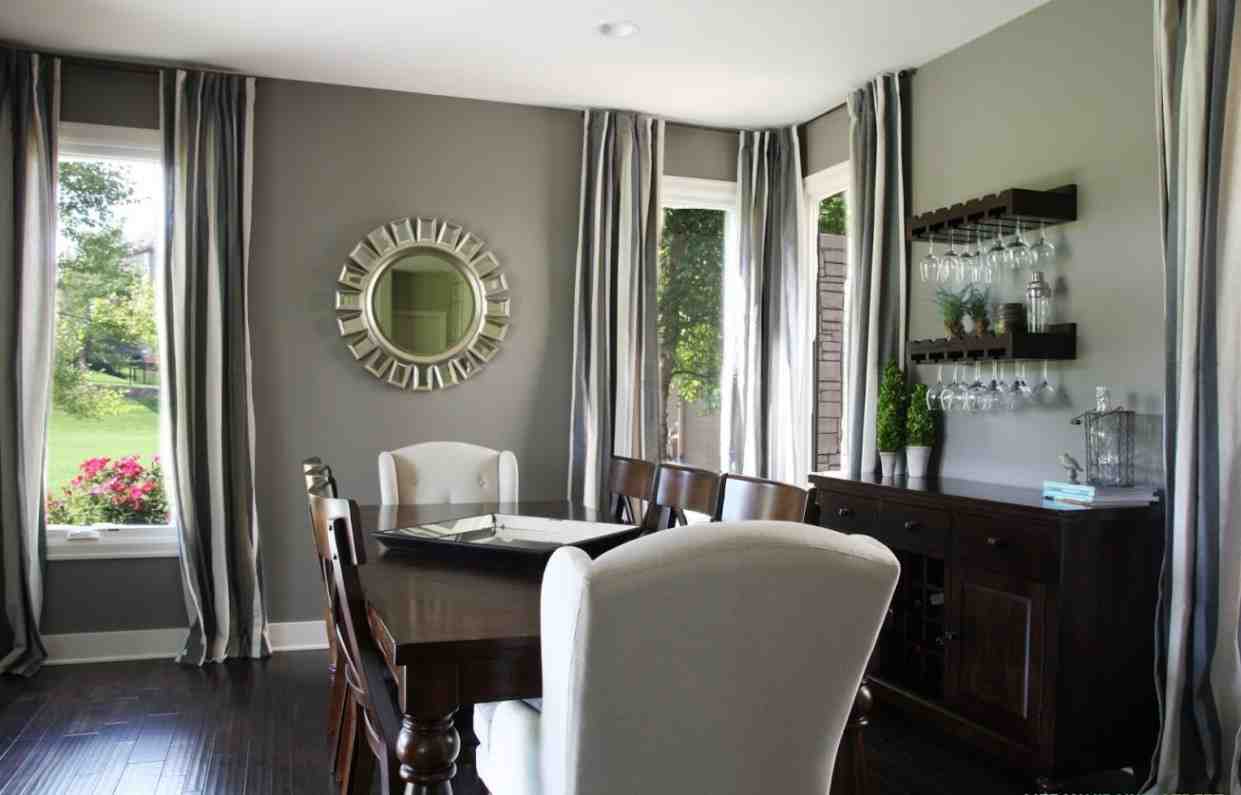 In conclusion, choosing the best colors for your living room and dining room requires careful consideration and a cohesive color scheme. By taking into account the overall design of your house, the natural lighting in each room, and your personal style, you can create a beautiful and inviting living and dining space that reflects your unique taste and personality. Remember to have fun and be creative with your color choices, and don't be afraid to experiment with different shades and combinations until you find the perfect look for your living room and dining room.
In conclusion, choosing the best colors for your living room and dining room requires careful consideration and a cohesive color scheme. By taking into account the overall design of your house, the natural lighting in each room, and your personal style, you can create a beautiful and inviting living and dining space that reflects your unique taste and personality. Remember to have fun and be creative with your color choices, and don't be afraid to experiment with different shades and combinations until you find the perfect look for your living room and dining room.

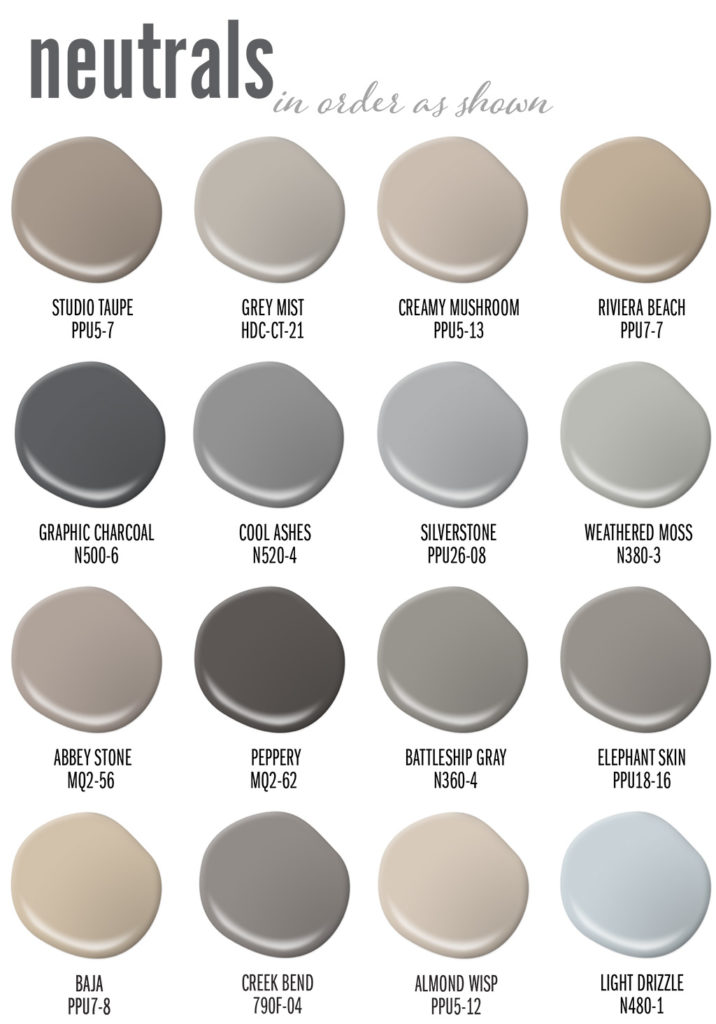

:max_bytes(150000):strip_icc()/what-is-a-neutral-color-1973822-03-3fab8b5a361d49638d3de1cbaf579a22.jpg)
/Lee-Edwards-Getty-Images-56a5ae653df78cf7728968ec.jpg)

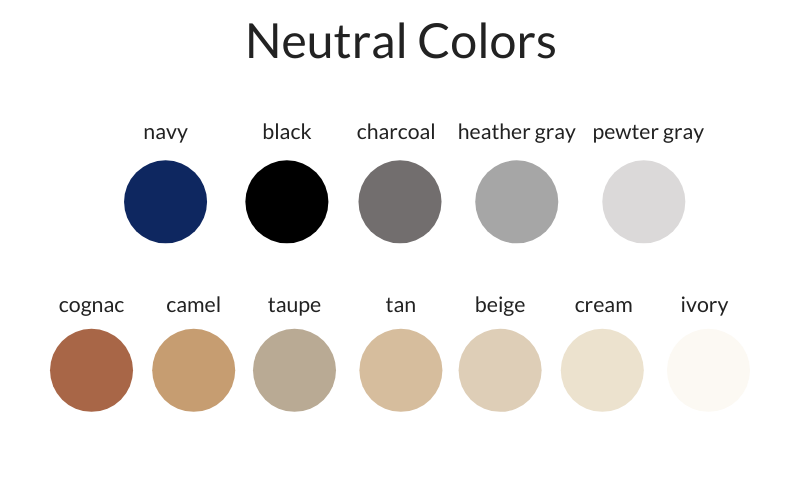
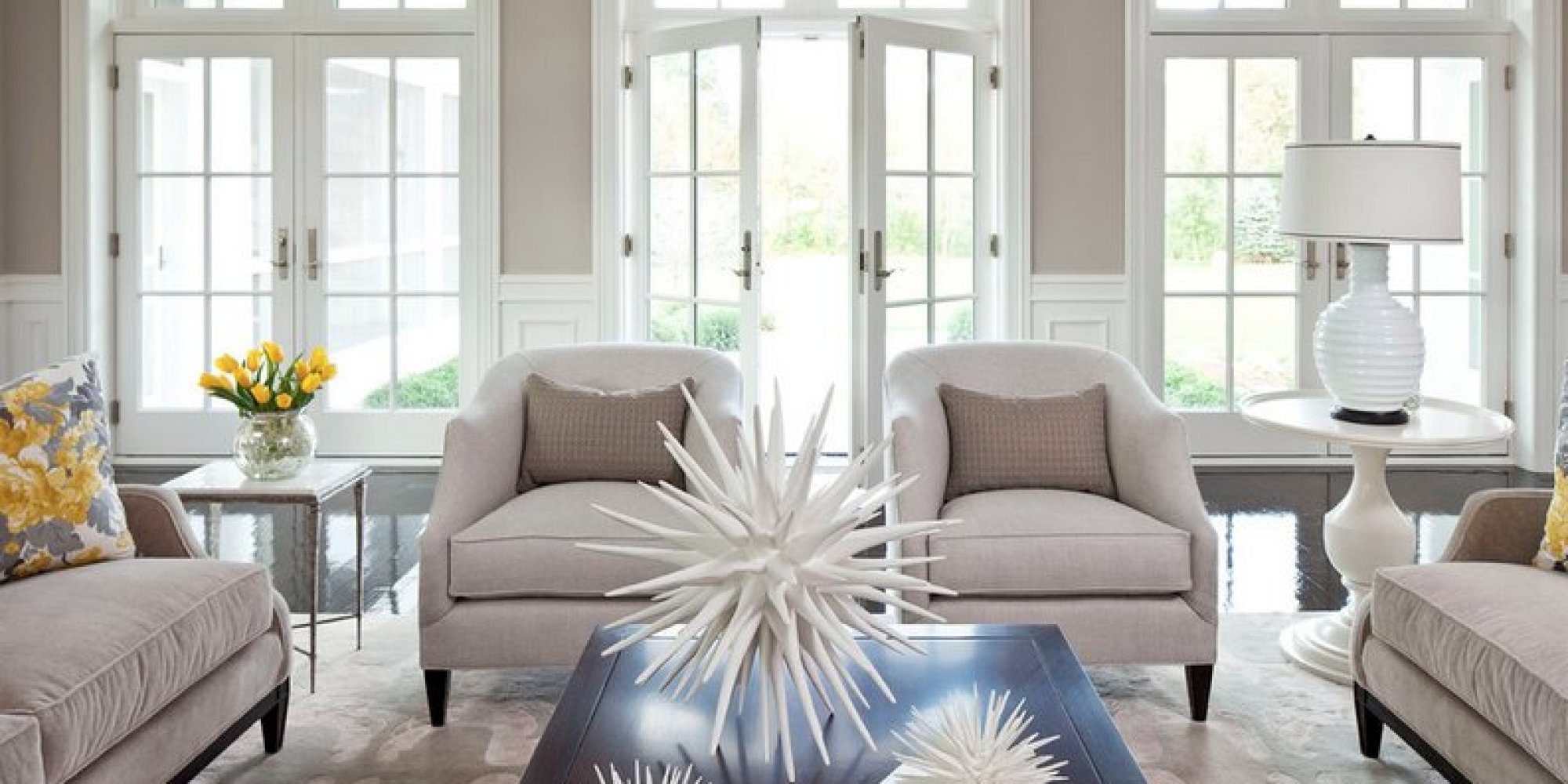
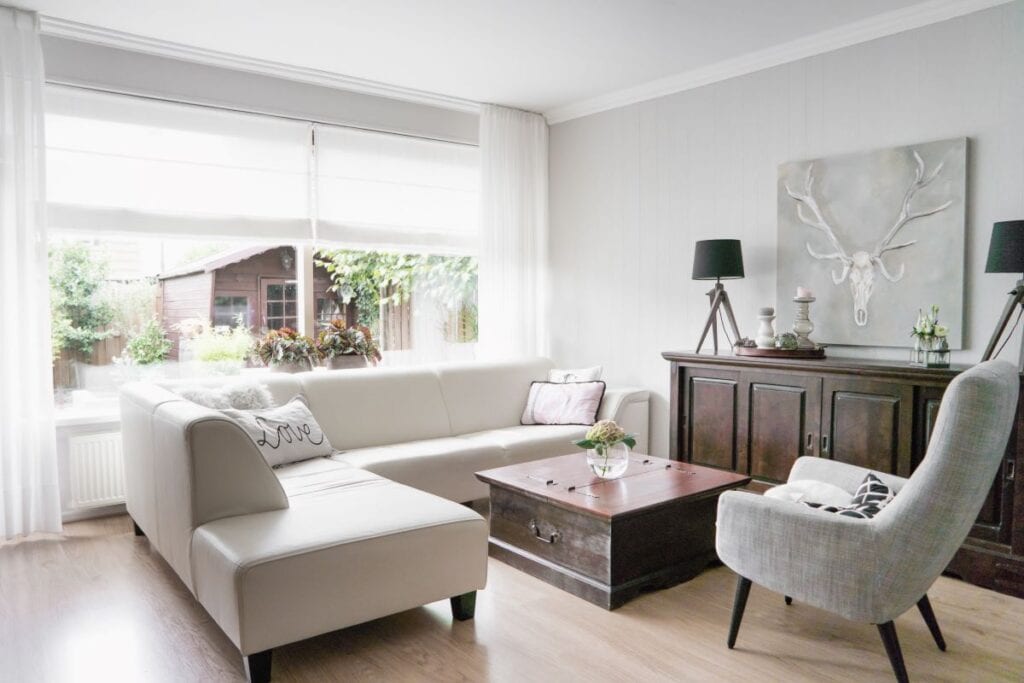
/clark_Kensington_neutrals-57db7f2e5f9b5865164b7baa.png)
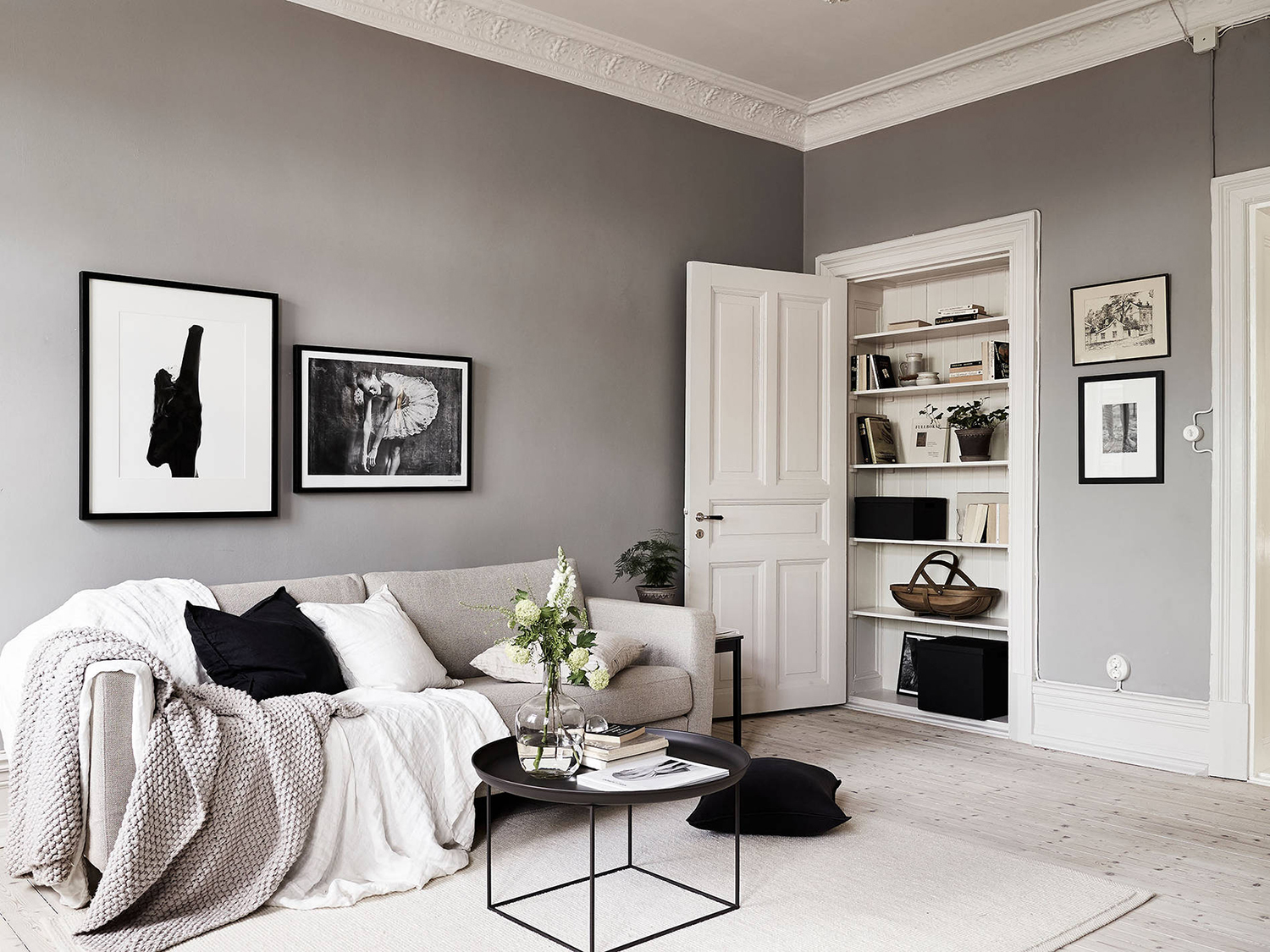

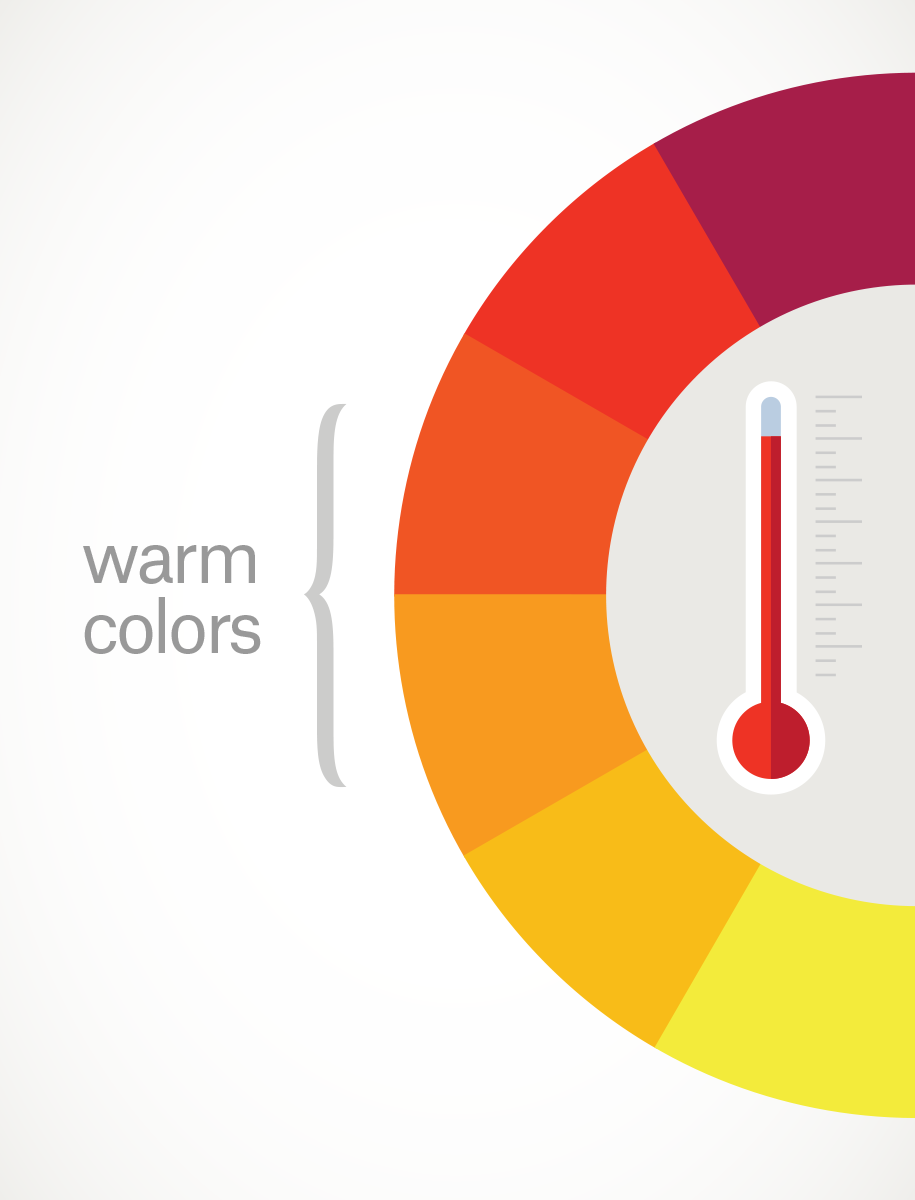
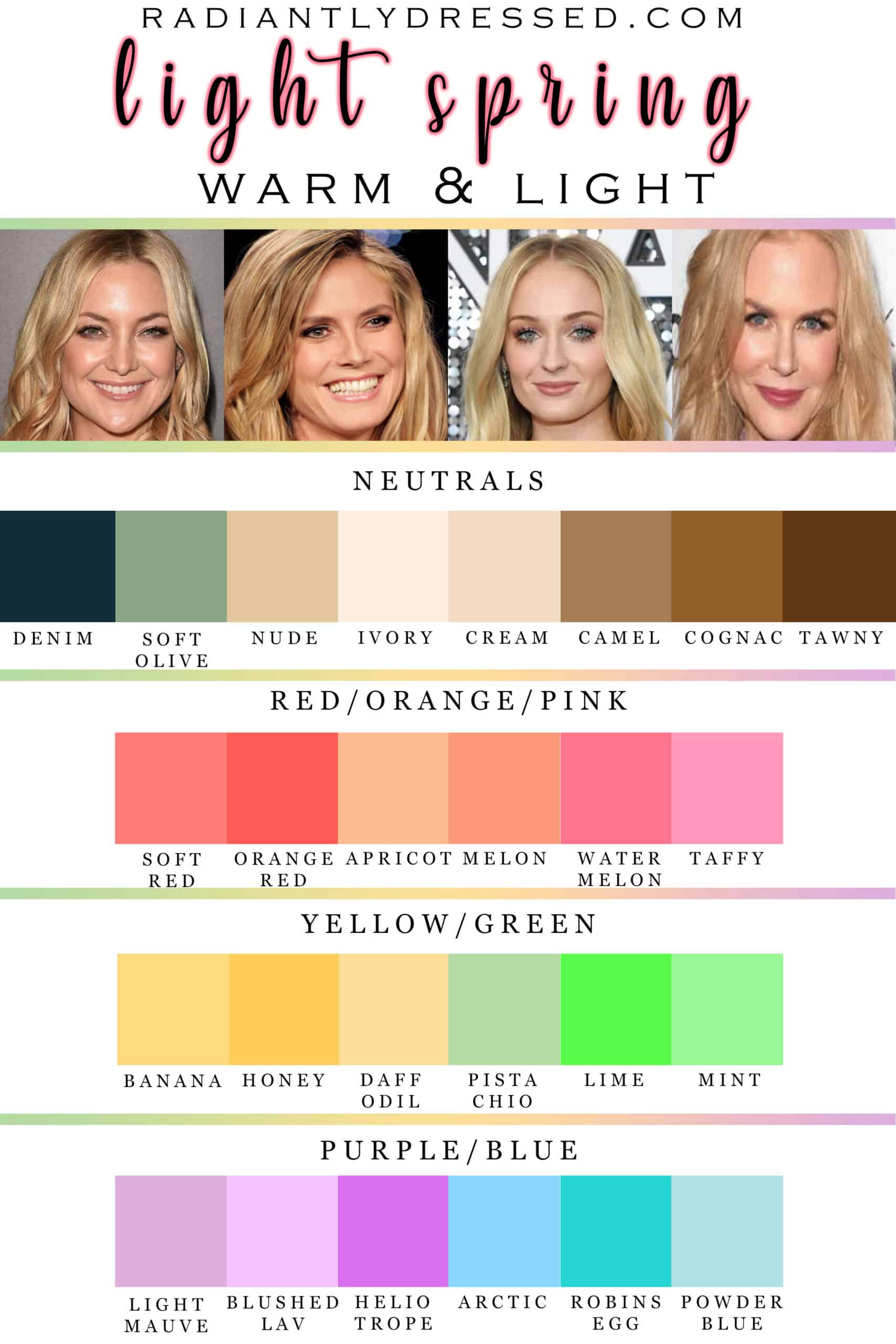

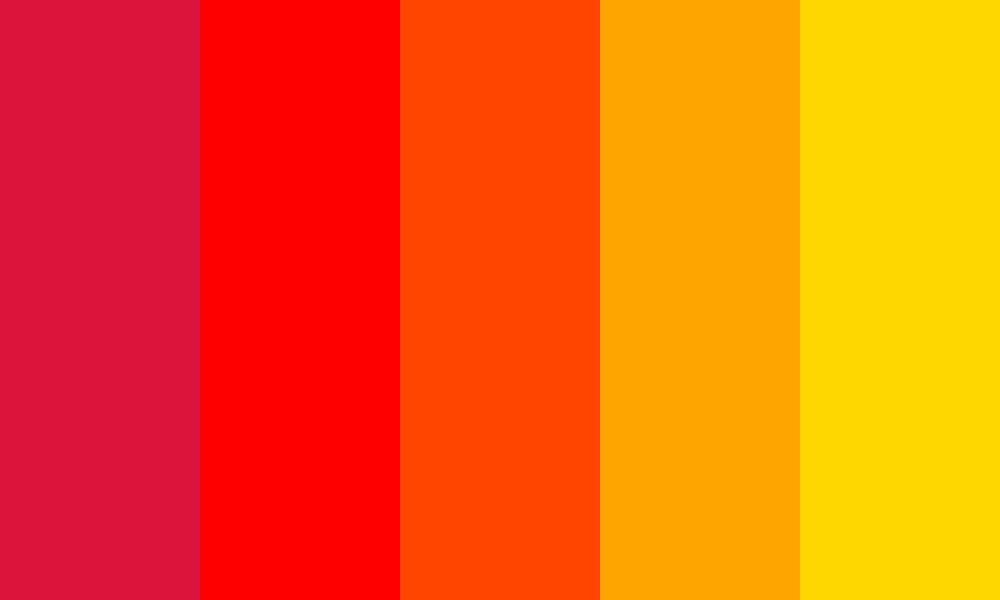

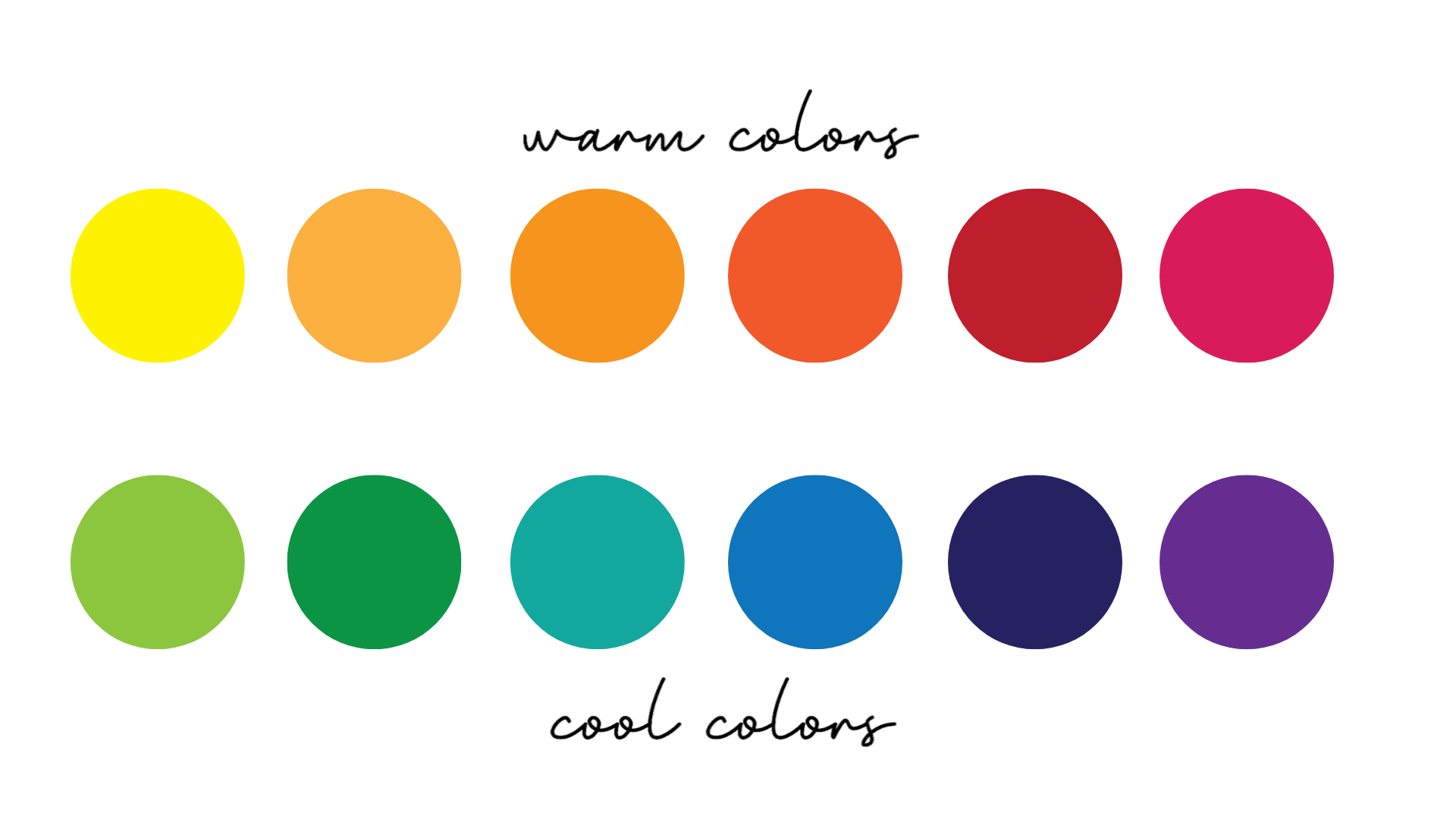
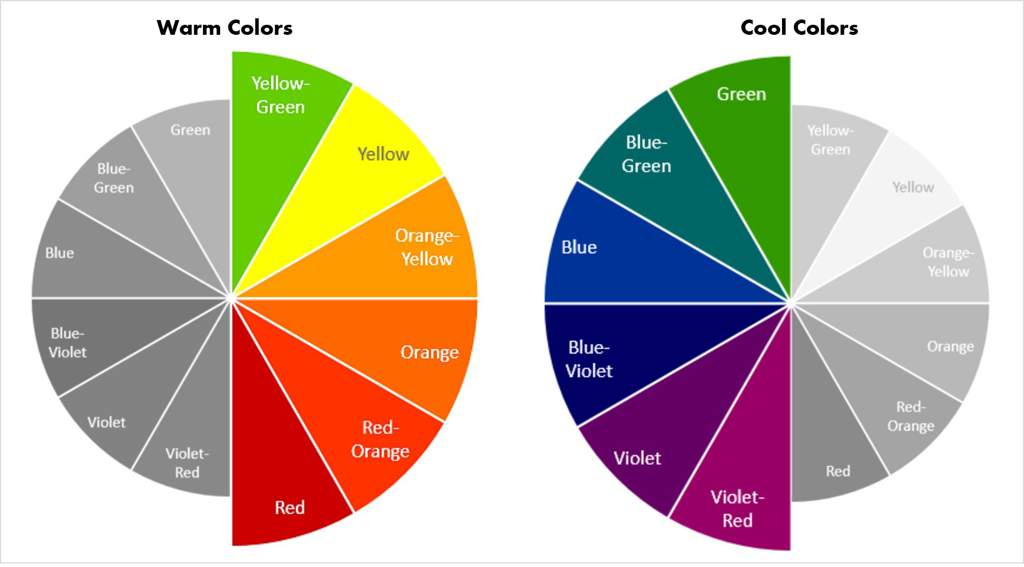
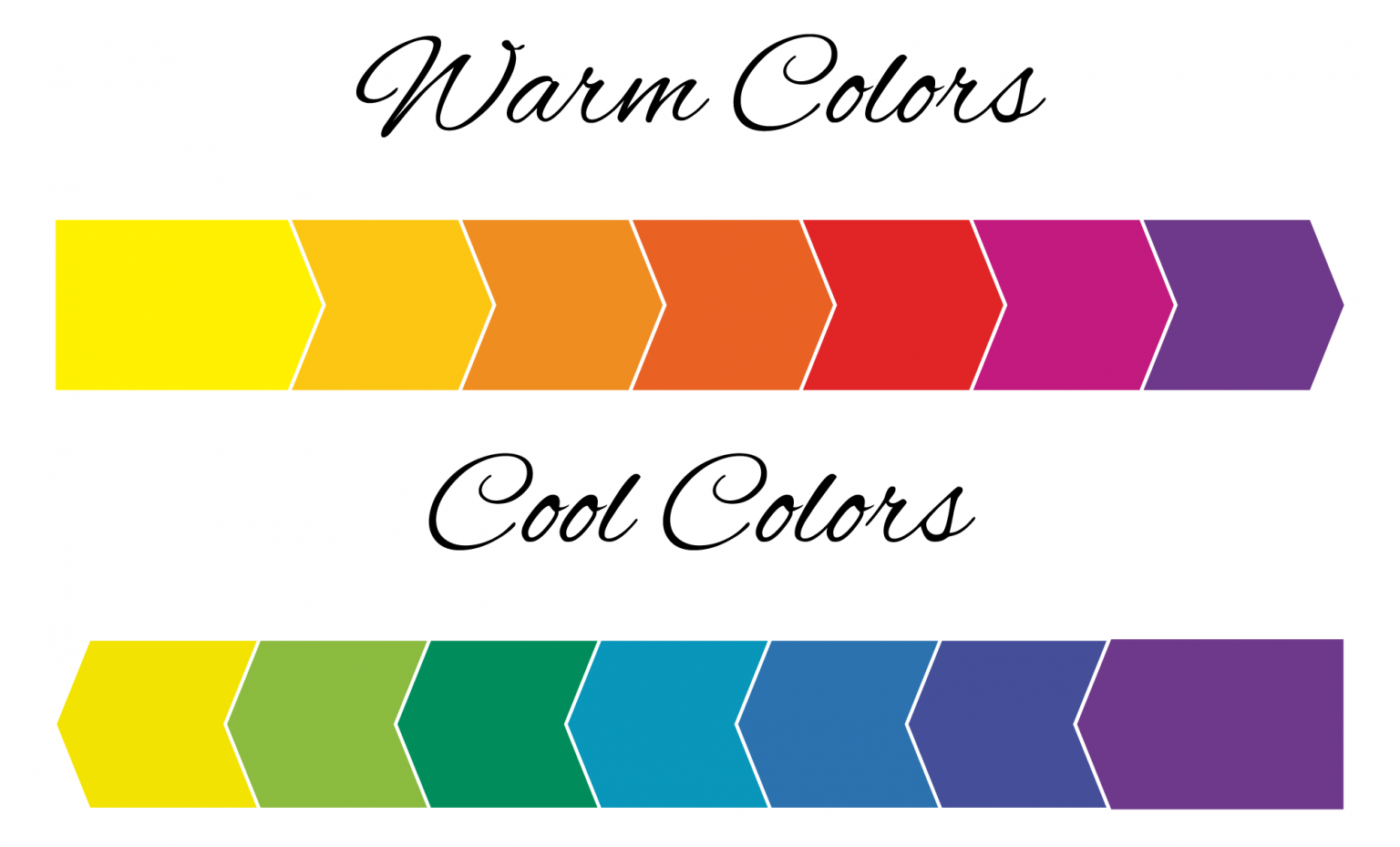
















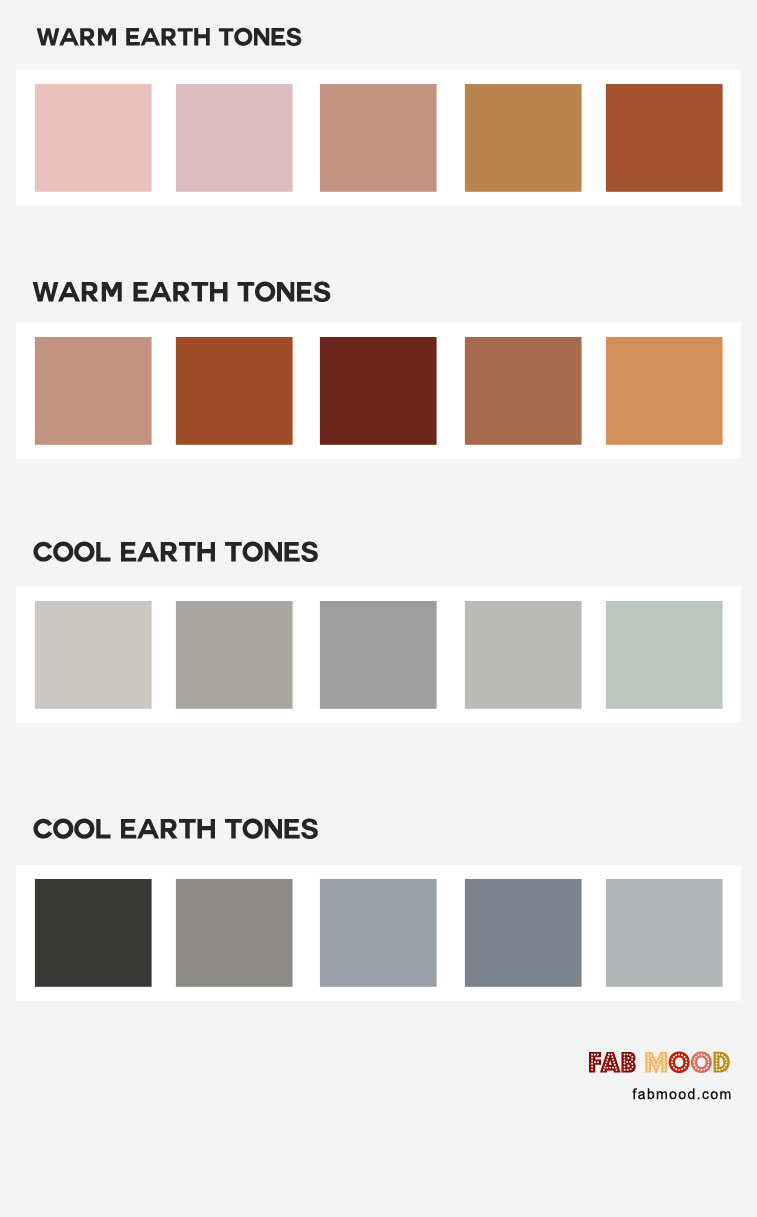

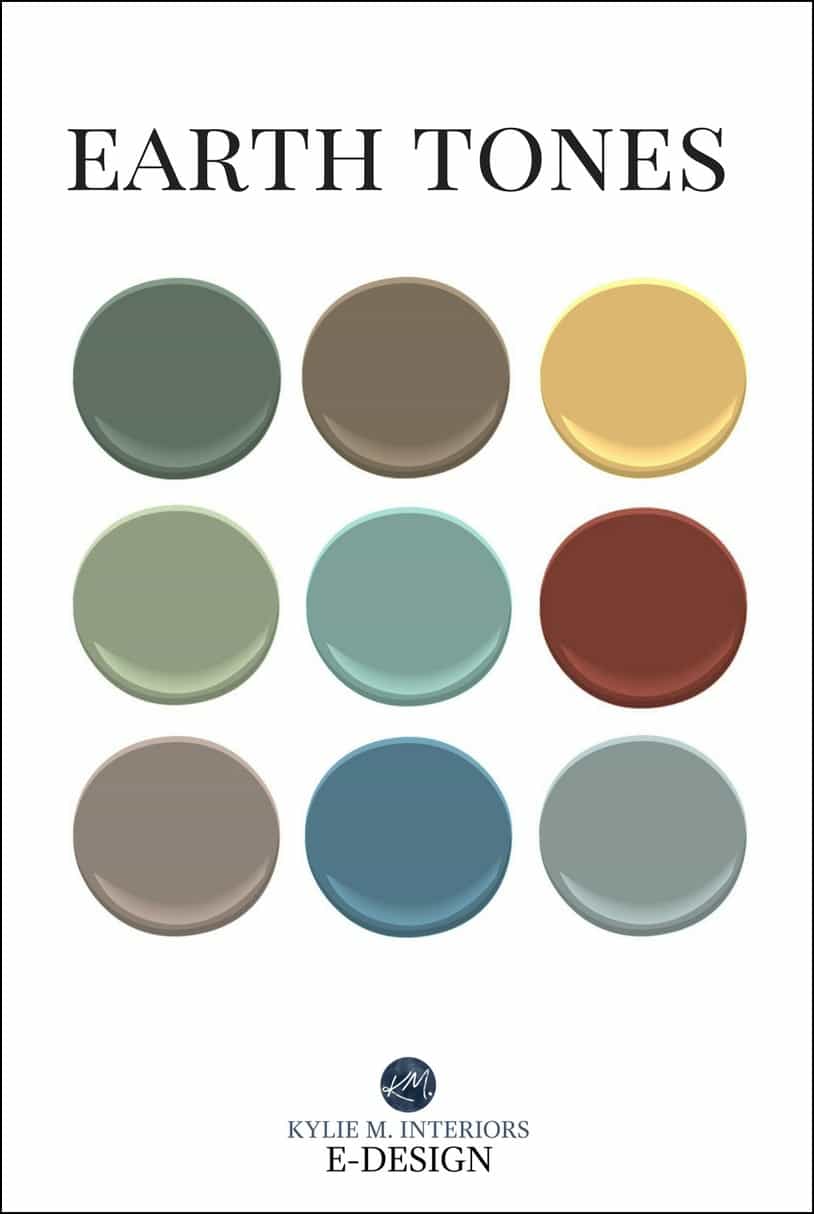
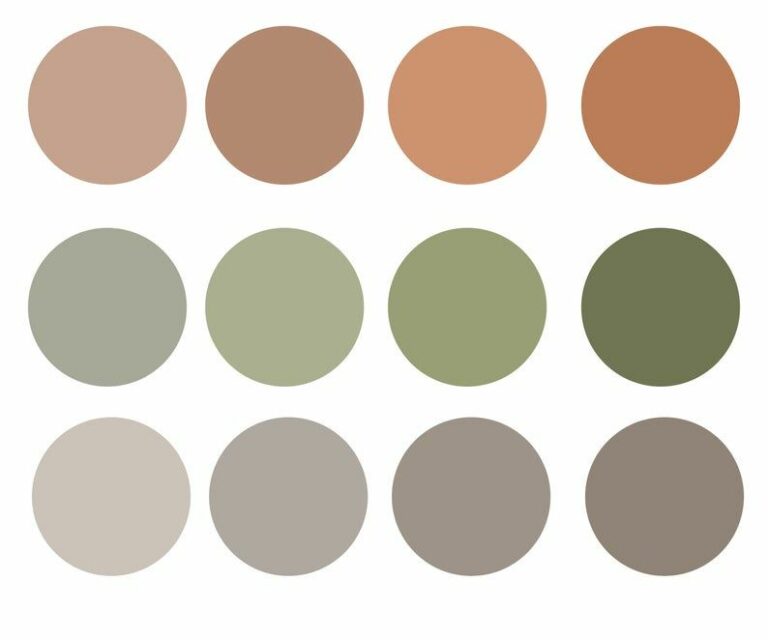



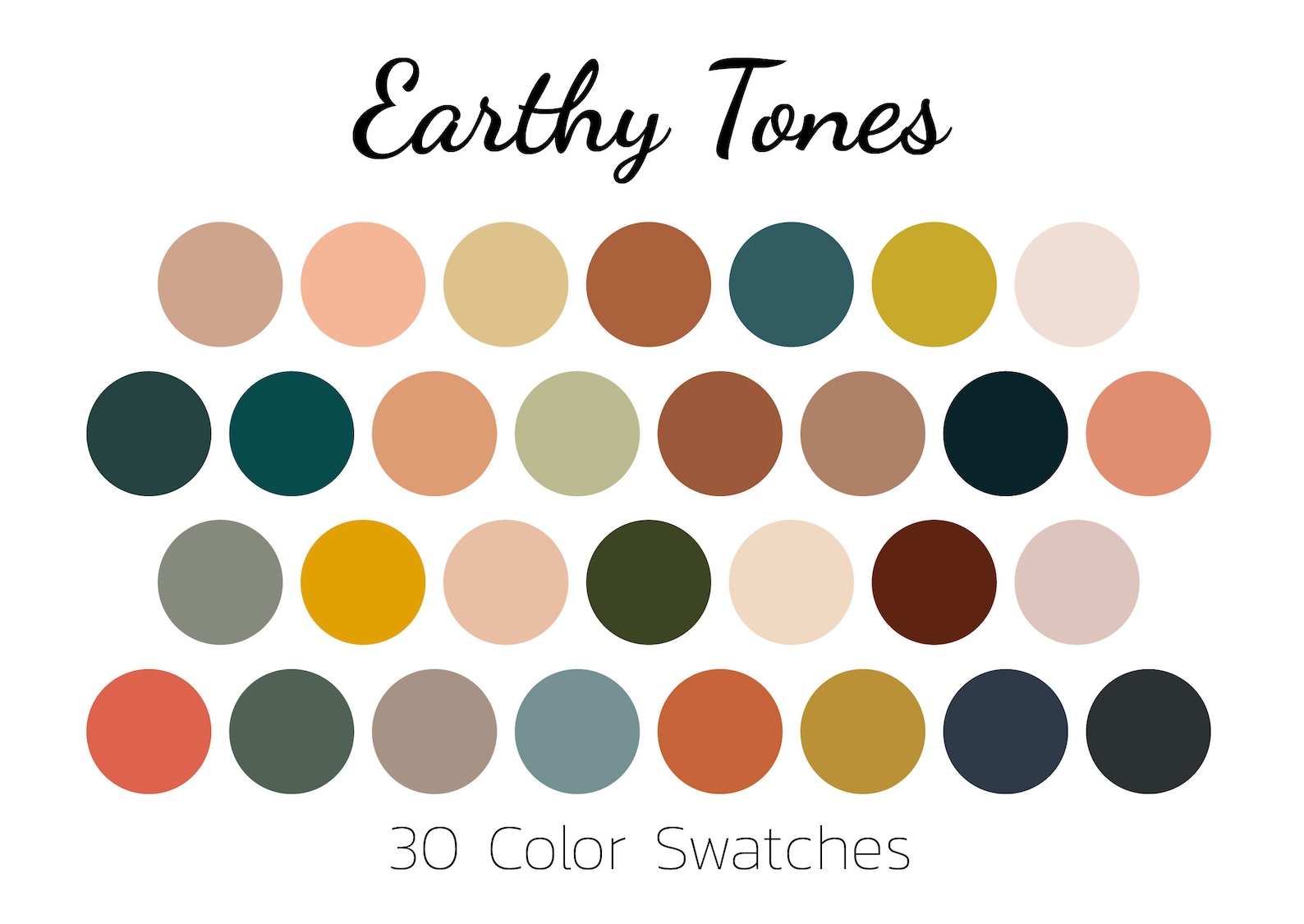

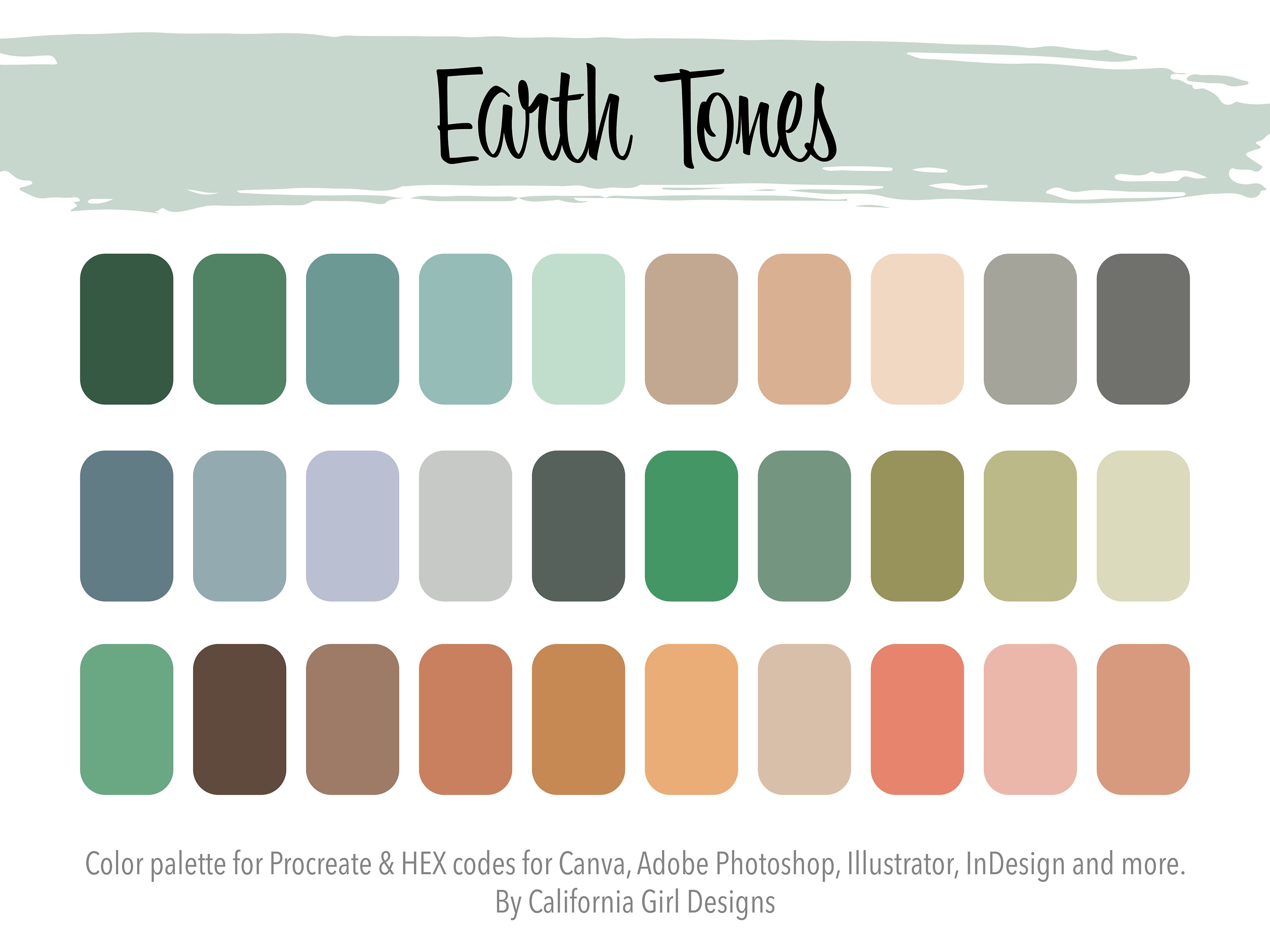






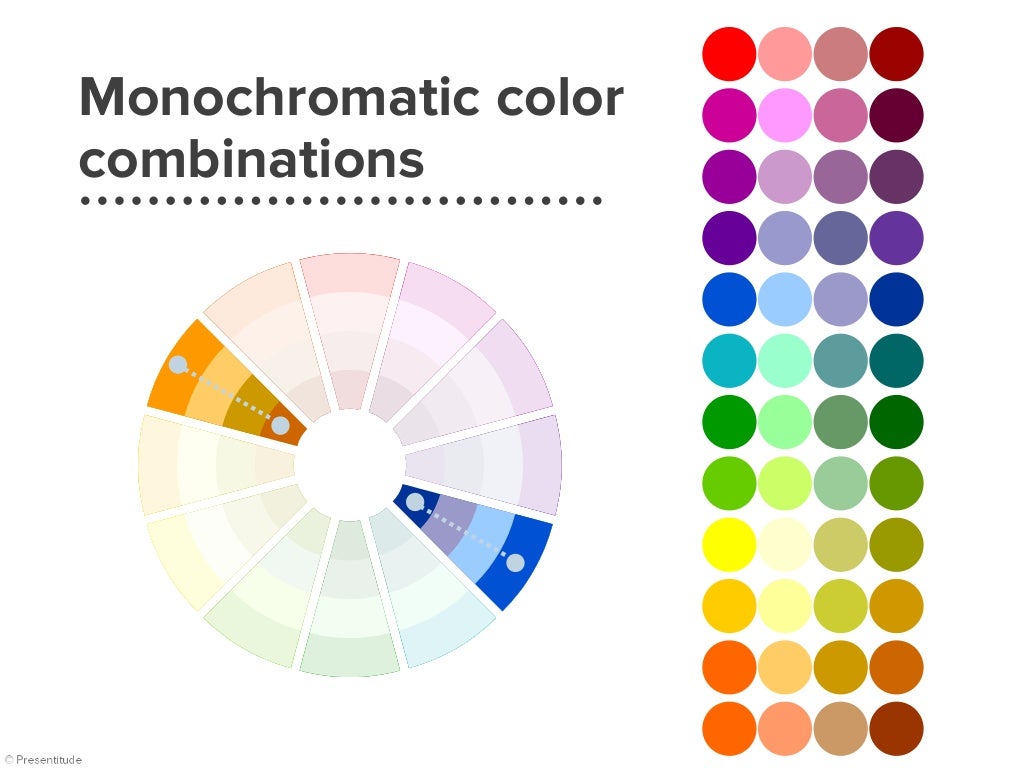



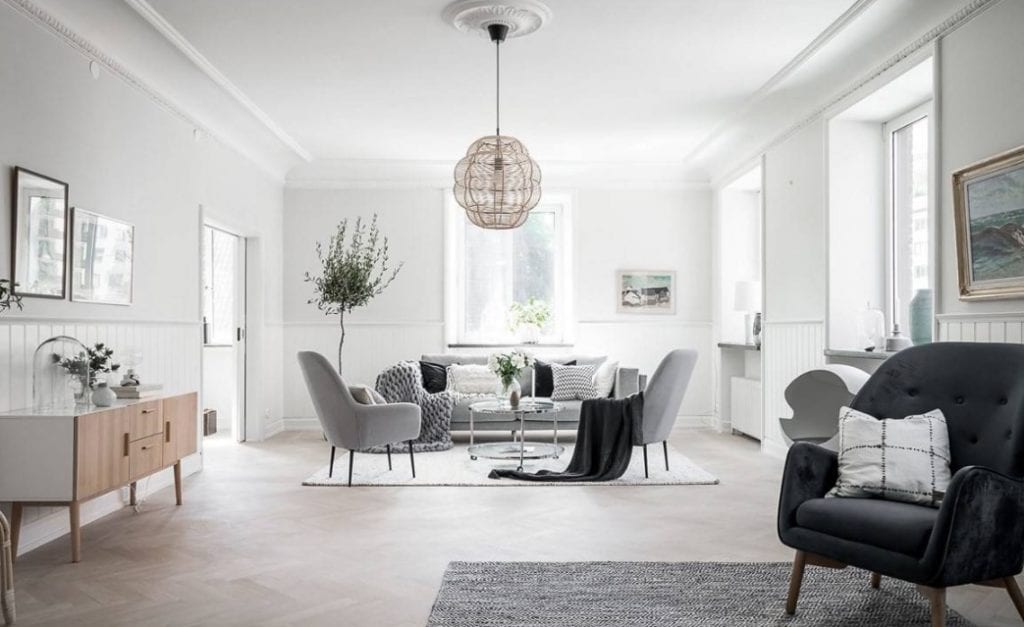



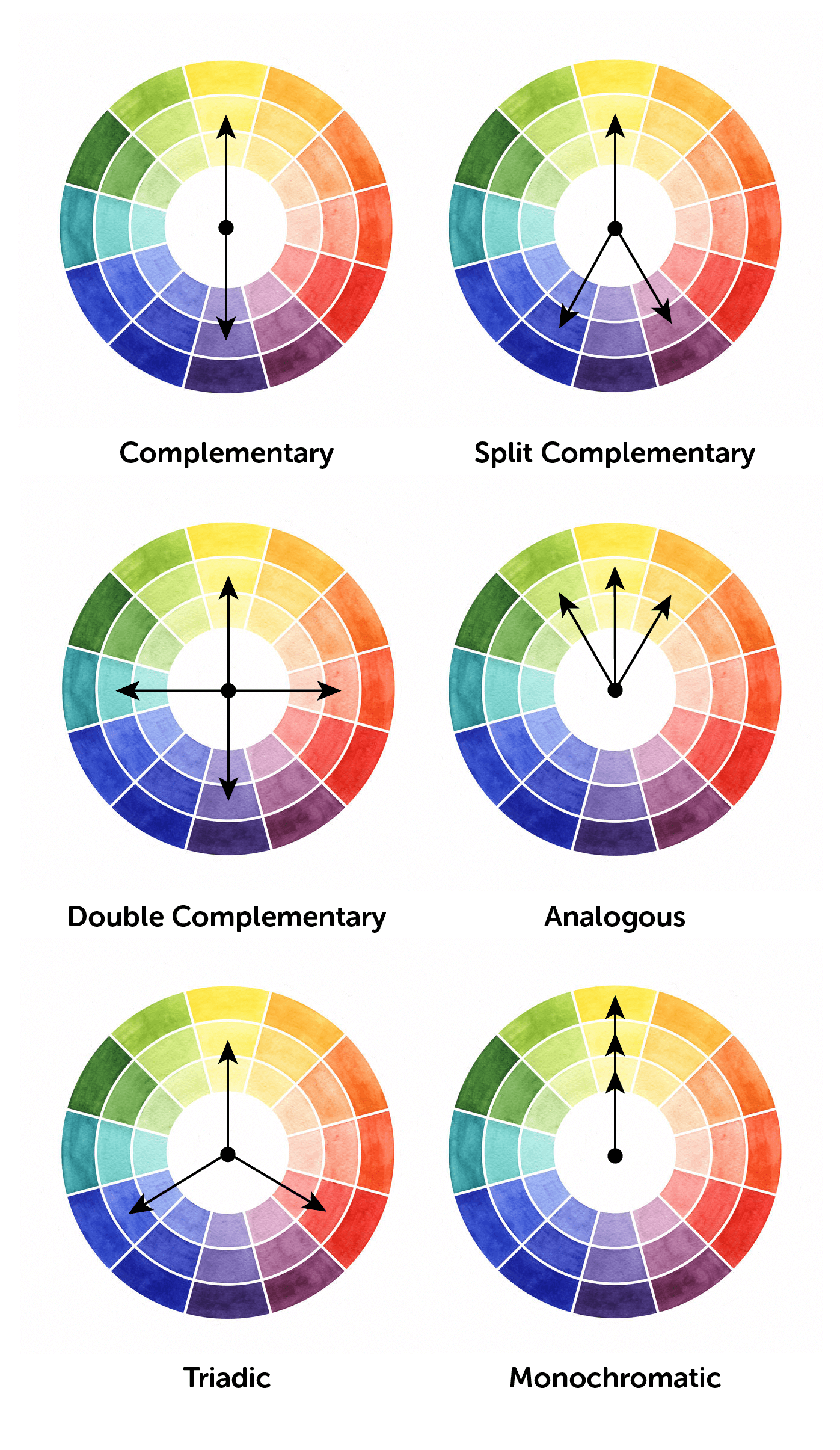


/Color-Contrast-Chart-59091b973df78c9283e31928.jpg)

/Colorwheel-58d0206f3df78c3c4f45653b.jpg)






:max_bytes(150000):strip_icc()/Lista_complementarios-56a6e6cb3df78cf77290d98b.png)


